A good sushi omakase is one of my favorite things. It was something that Austin lacked when I moved here, so imagine my excitement when that changed.
I first tried Chef Otto Phan’s sushi eight years ago, and it was a revelation – not because he was then serving fish that was better than what you might get at the best places in the country, but because each time I went back he’d gotten better. It’s the passionate drive to keep improving that makes a restaurant great. There are plenty of good restaurants, serving the same meals day after day, and those serve a purpose. But the places to really connect with are those where the chef is trying to accomplish something.
The first time my wife and I ate at Chef Phan’s Kyoten Sushiko we walked away saying that he wouldn’t stay in Austin. He needed a bigger stage. Two years later he left Austin for Chicago, a town he says he now loves and will never leave. There wasn’t very good sushi in Chicago then, and he aimed to change that. It was a place where he might gain far more recognition.
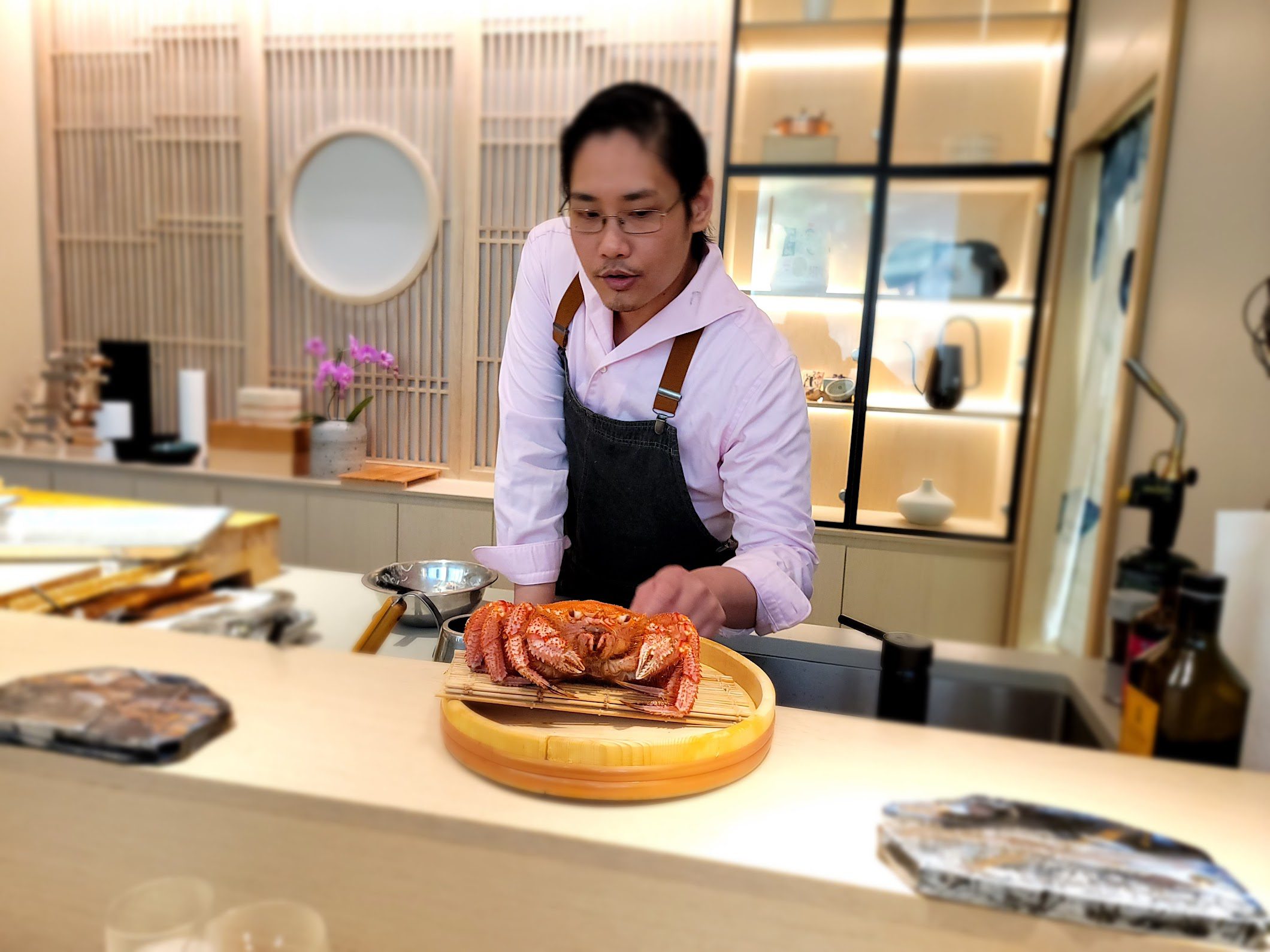
Chef Otto Phan at Kyoten in Chicago
Ironically, Michelin hasn’t awarded him a star though he’s head and shoulders the best omakase in the city and they’ve rated others. I’ve long suspected he was passed over intentionally, perhaps because of his initial boastfulness when he opened there. It doesn’t matter. He has the best sushi experience there by far, although also the priciest. He favors the very best ingredients, only wild fish from Japan (nothing farm-raised), and he charges for it at $490 now per person.
Yet his protege Michael Che who now operates Tsuke Edomae in his old Mueller location in Austin may get a star, now that Michelin will be rating Austin (government-subsidized Michelin ratings coming to Dallas, Houston, San Antonio and Austin) although maybe not because to rate him they’ll have to be able to get a reservation and Tsuke Edomae is one of the toughest gets in the country right now. Chef Che opens bookings for several months at a time on a single morning and books out completely in minutes.
- There are only 8 seats per night for dinner. It’s a three hour meal, so just one seating. There’s just not a lot of capacity to meet demand.
- And he underprices the meal at $135++. His food costs eat up most of that. So it’s too good of a deal for what it is, too.
Fortunately, once you’ve been to Tsuke Edomae three times you’re a regular and welcome to correspond directly with the chef to make a booking in advance, before reservations are publicly released. That means planning your meal with him 4-6 months out and I can rarely schedule that way! But it’s how to get a reservation.
And I visited just over a week ago for a birthday dinner. There wasn’t anywhere in Austin I wanted to go more.
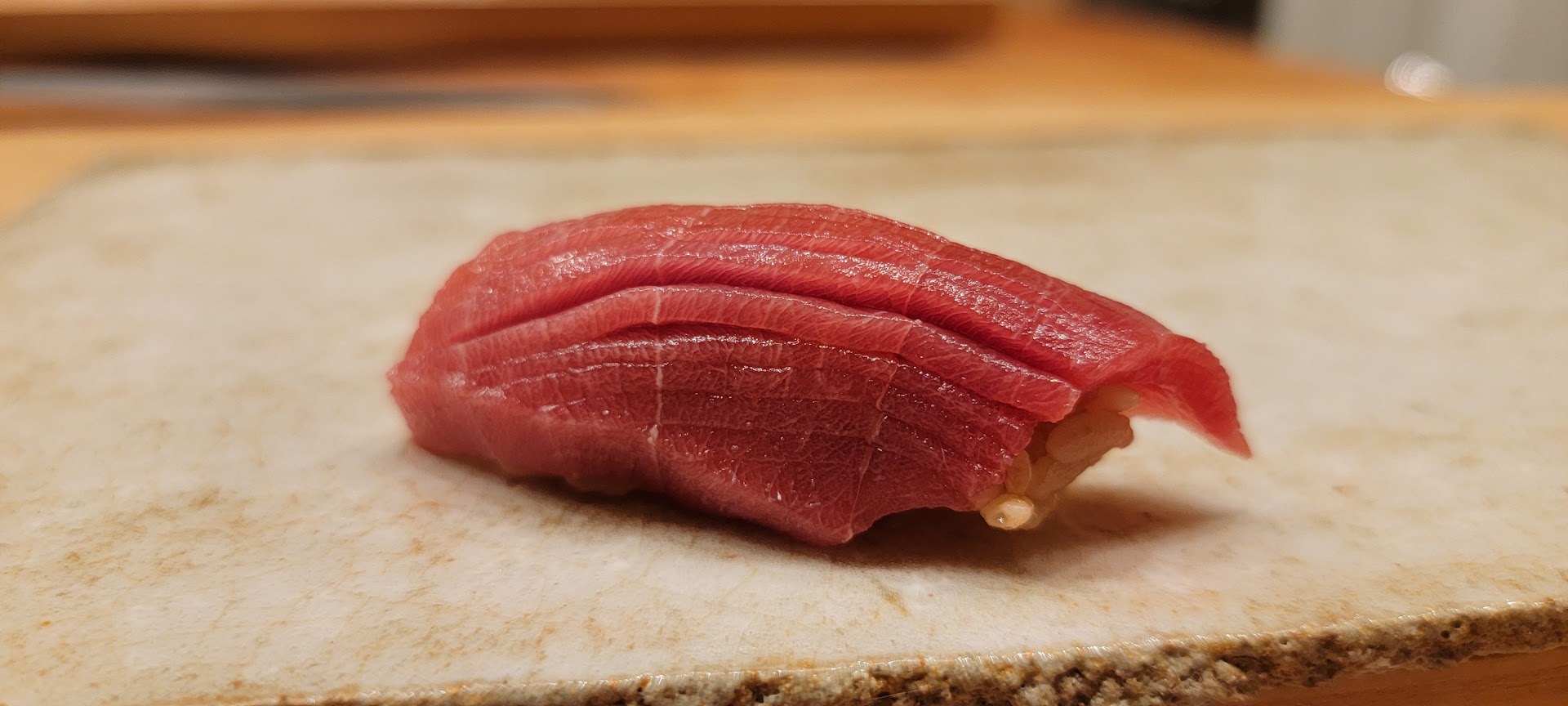
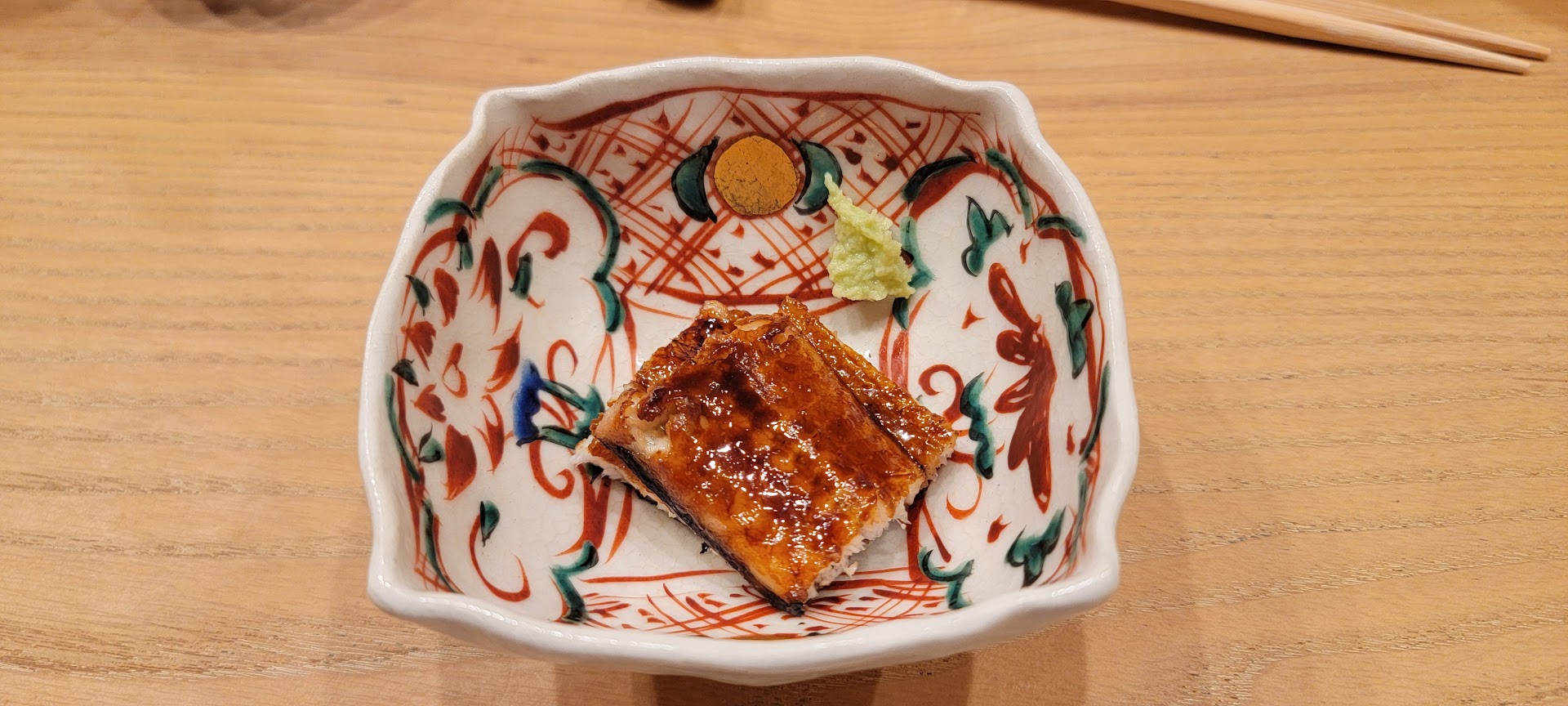
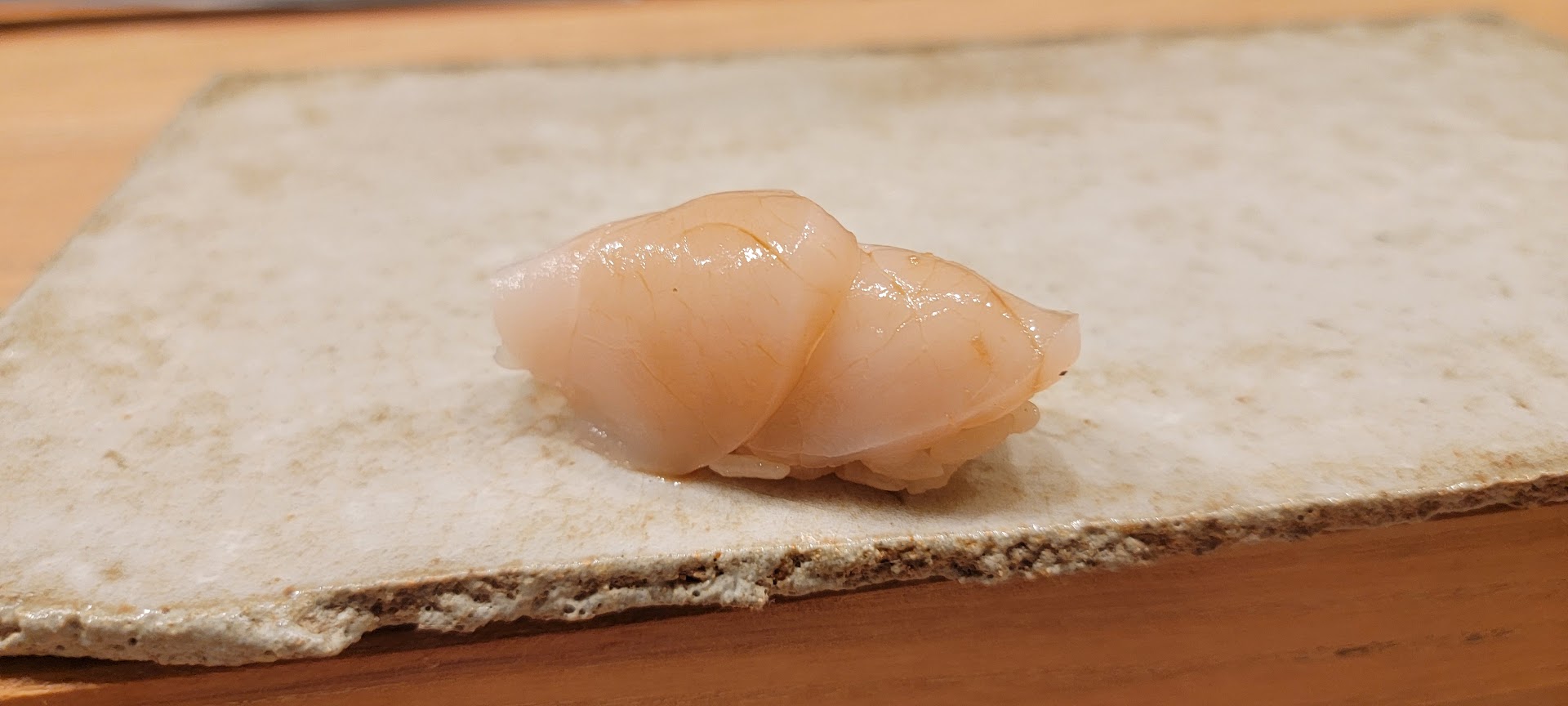
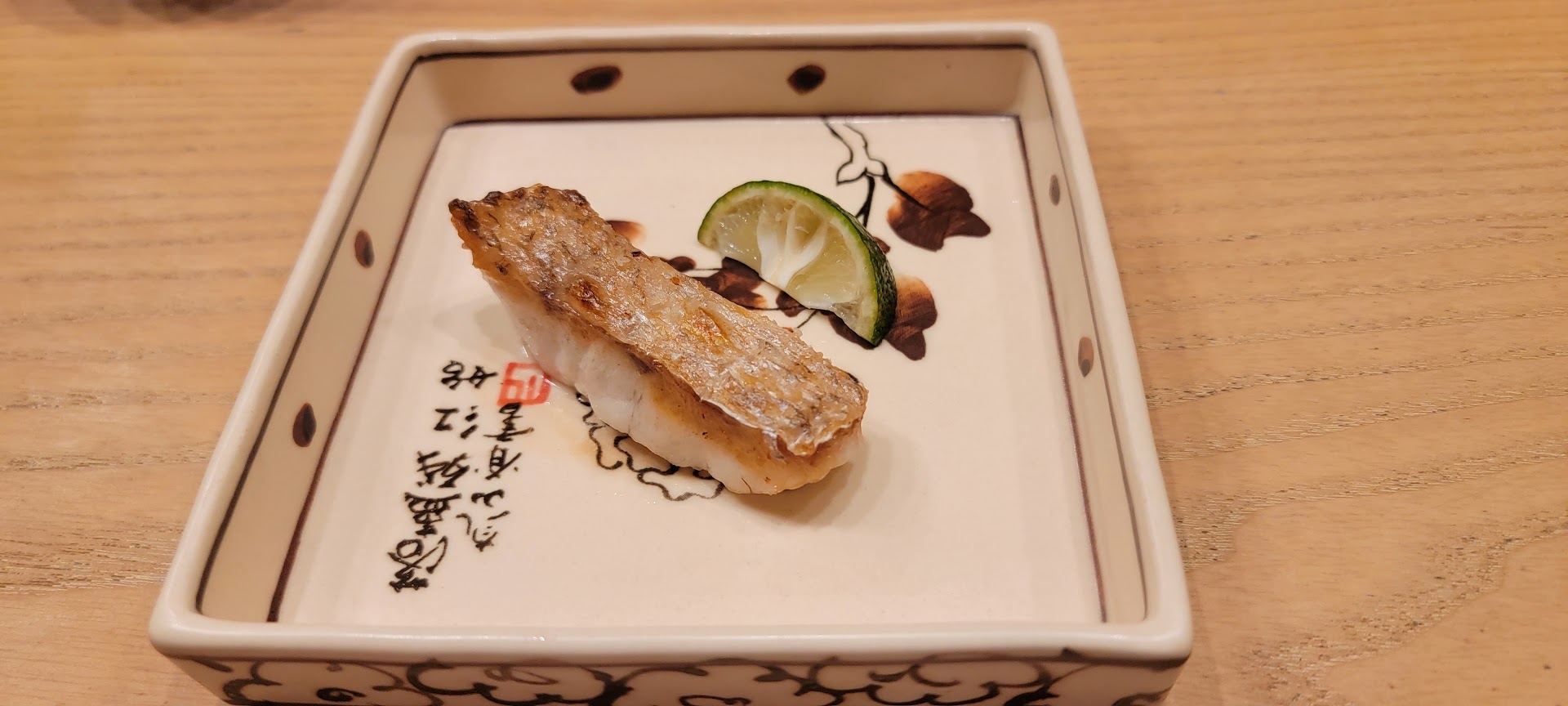
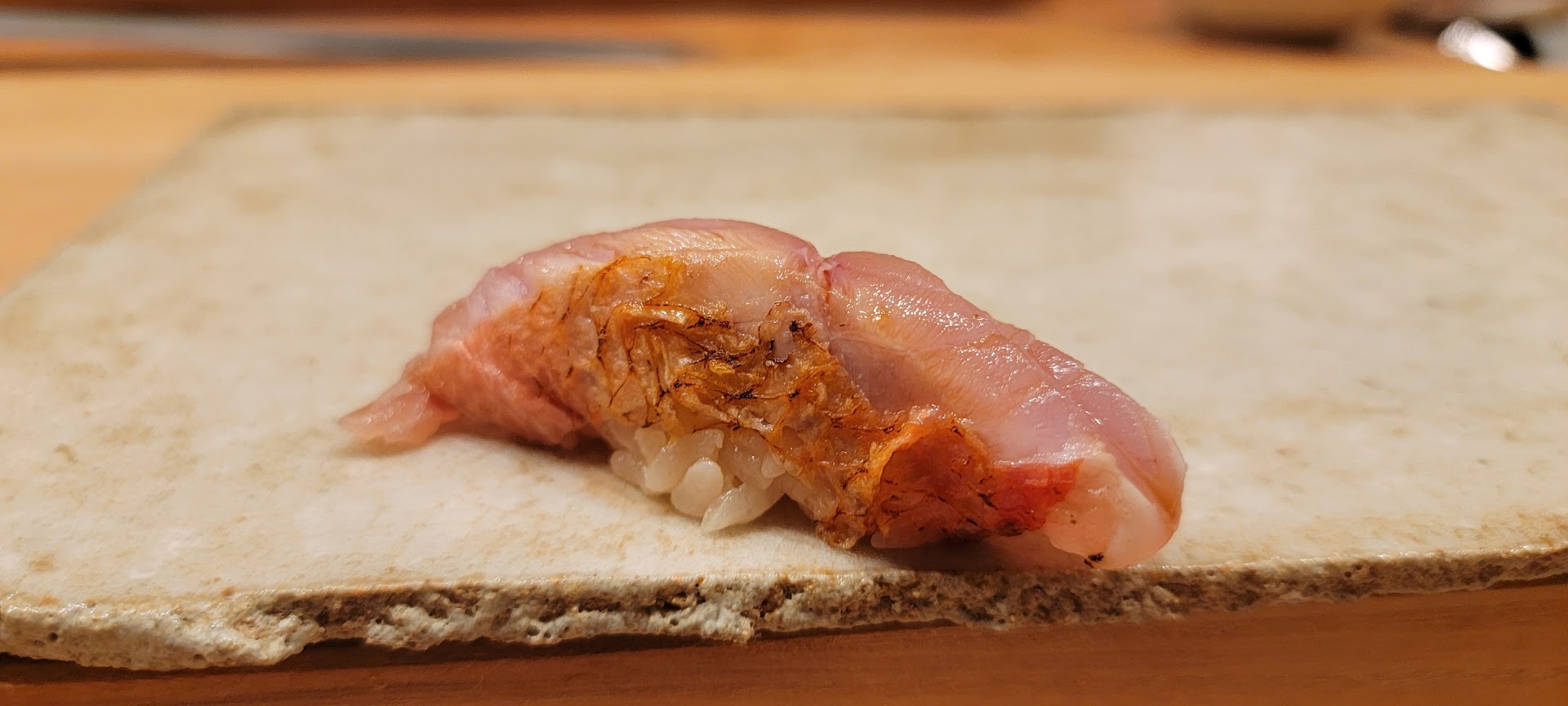
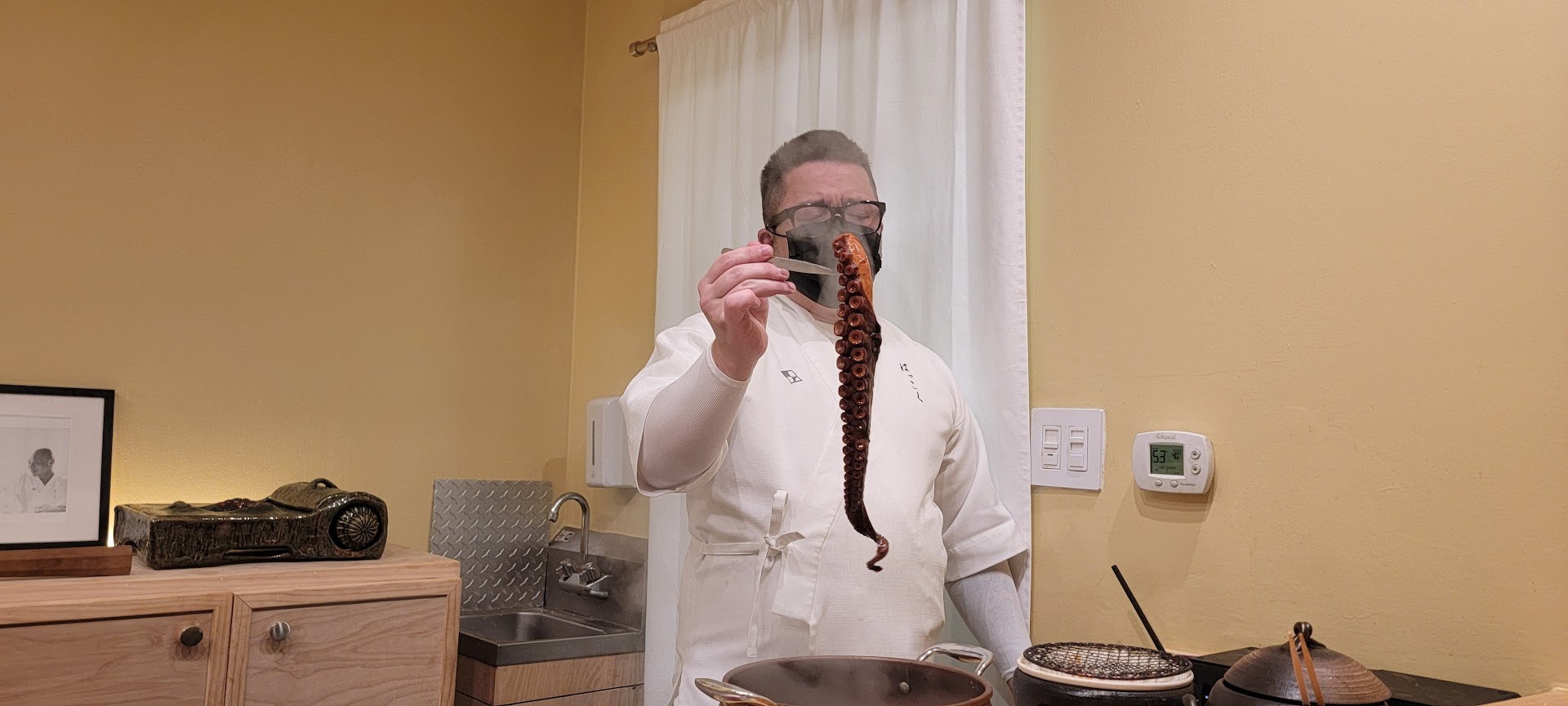
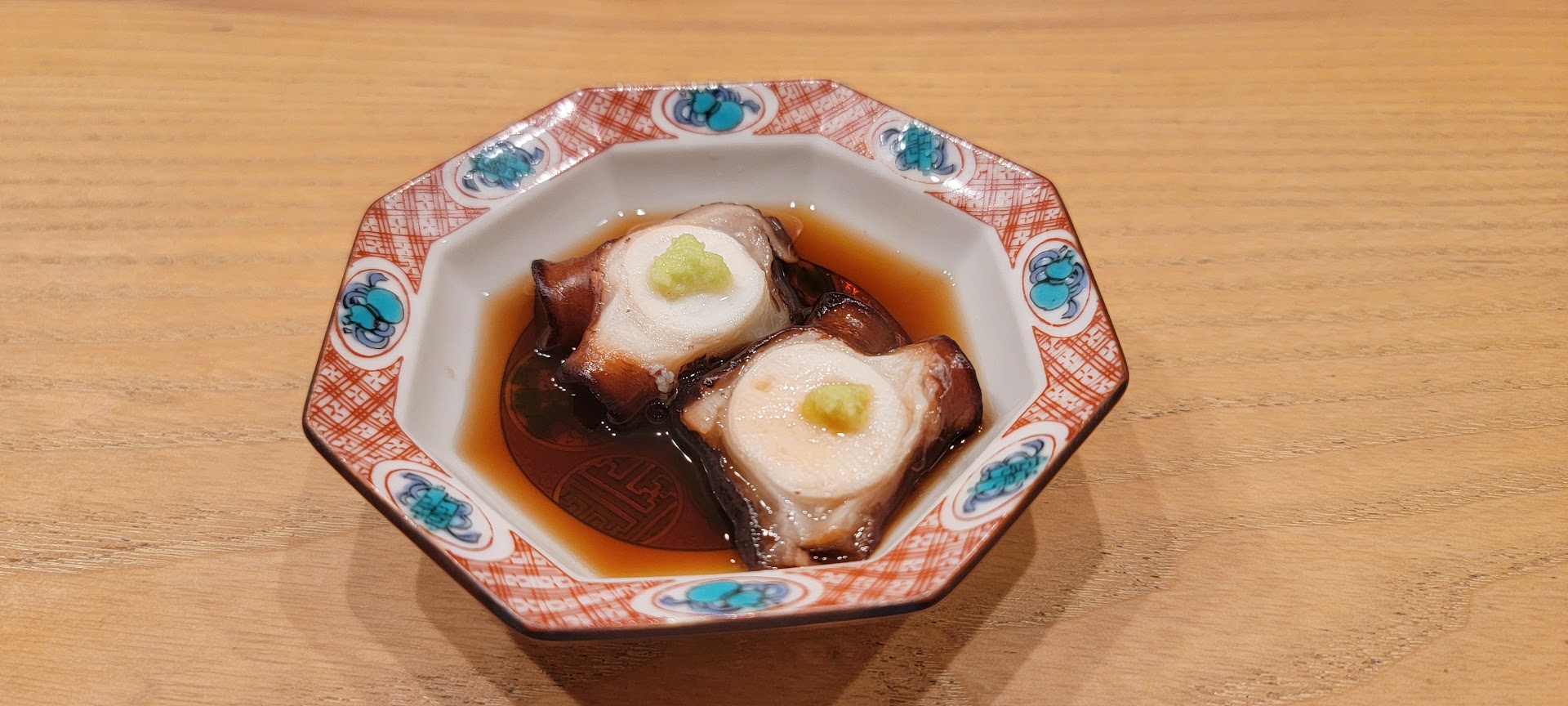
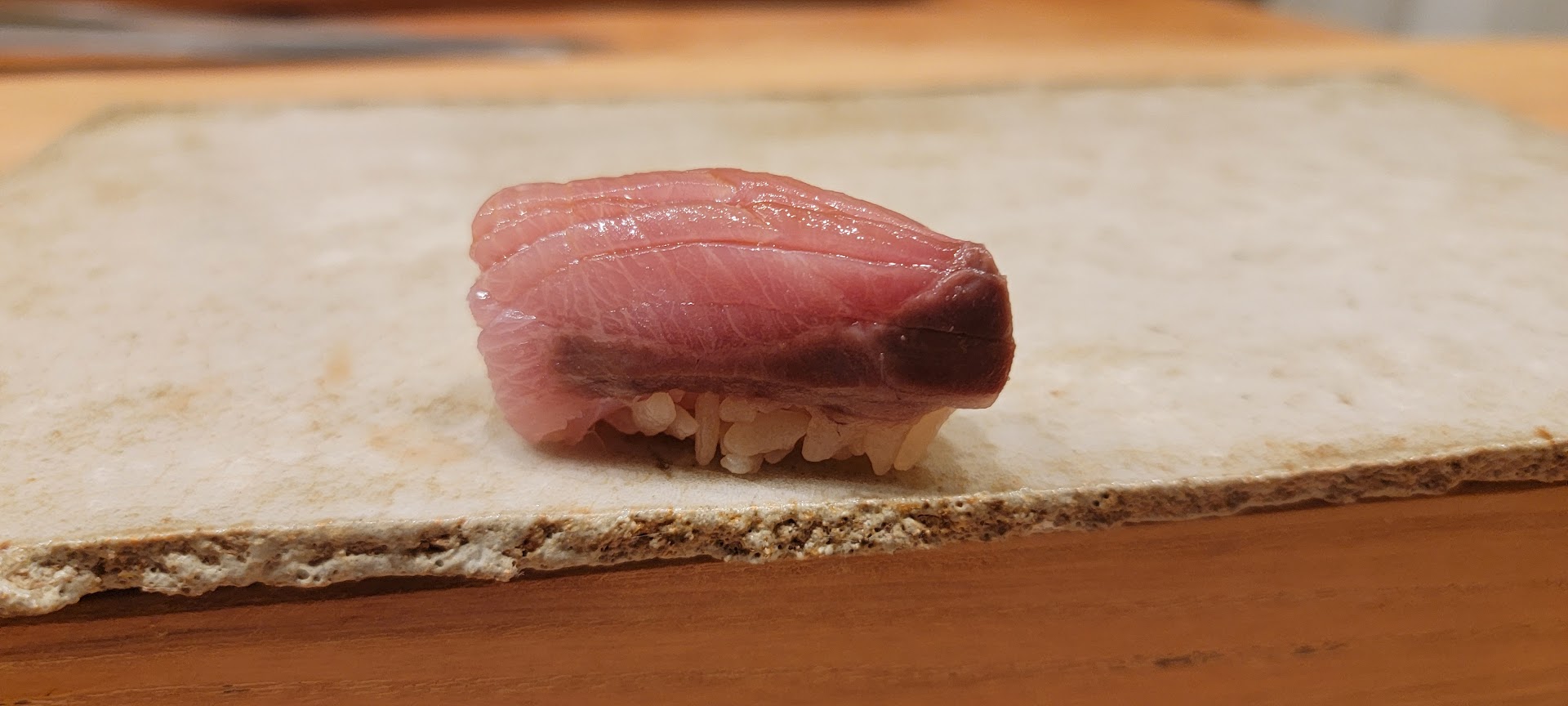
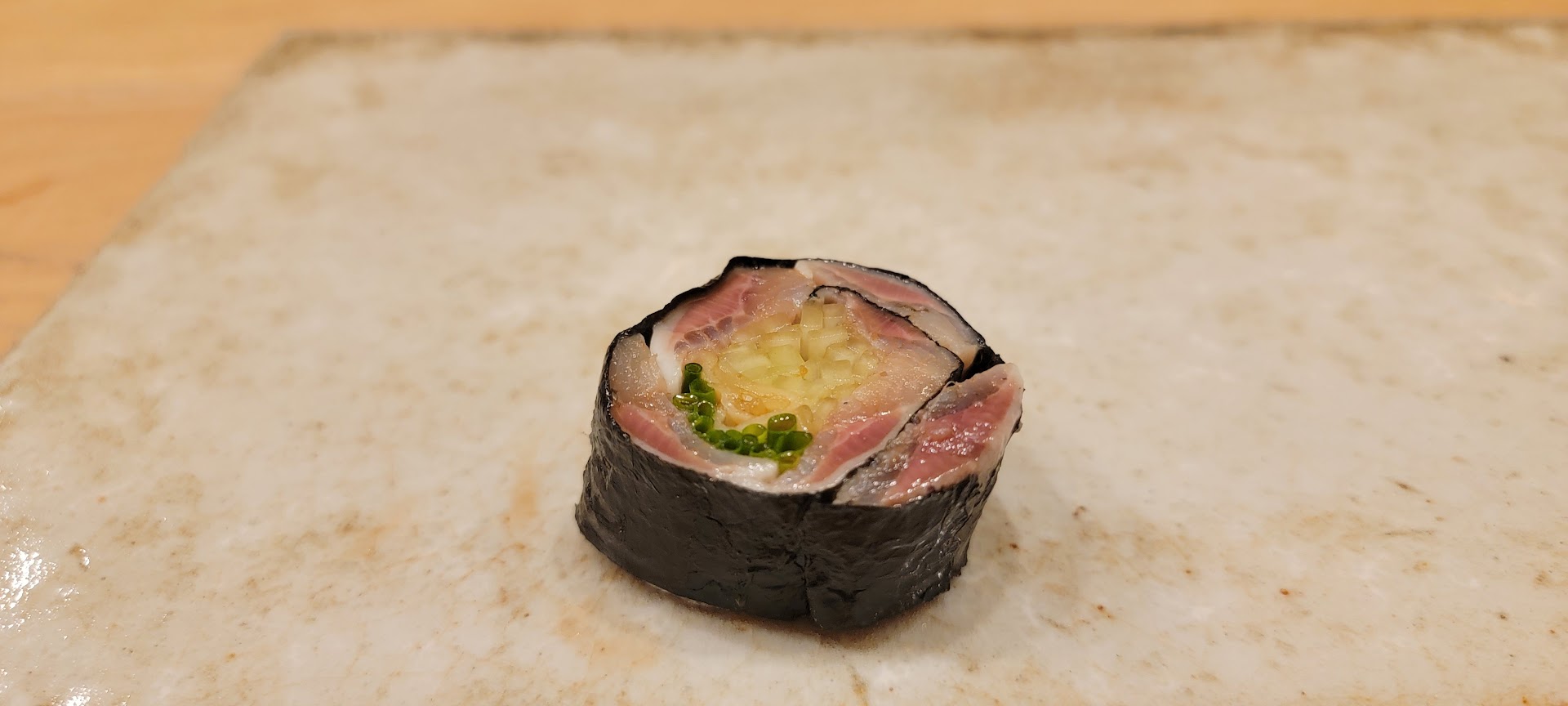
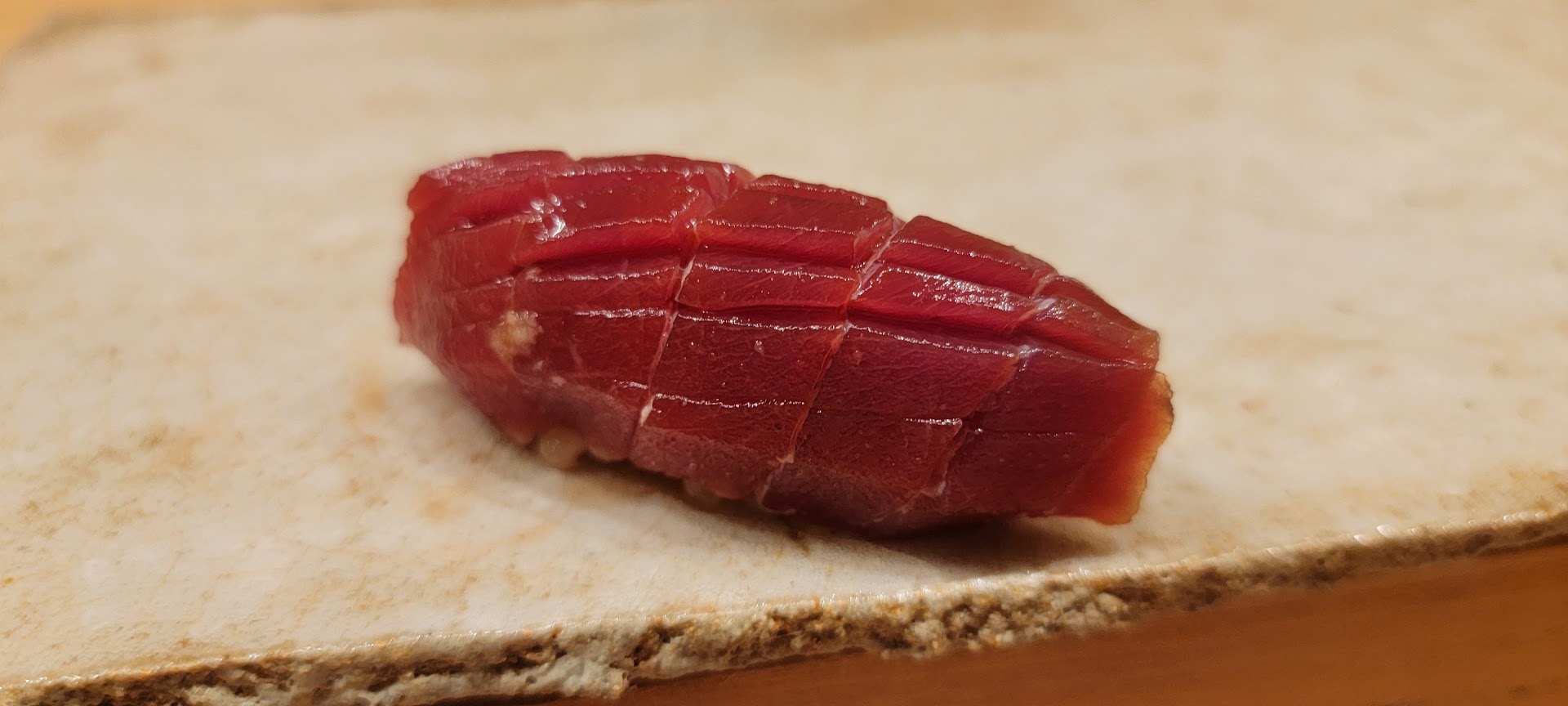
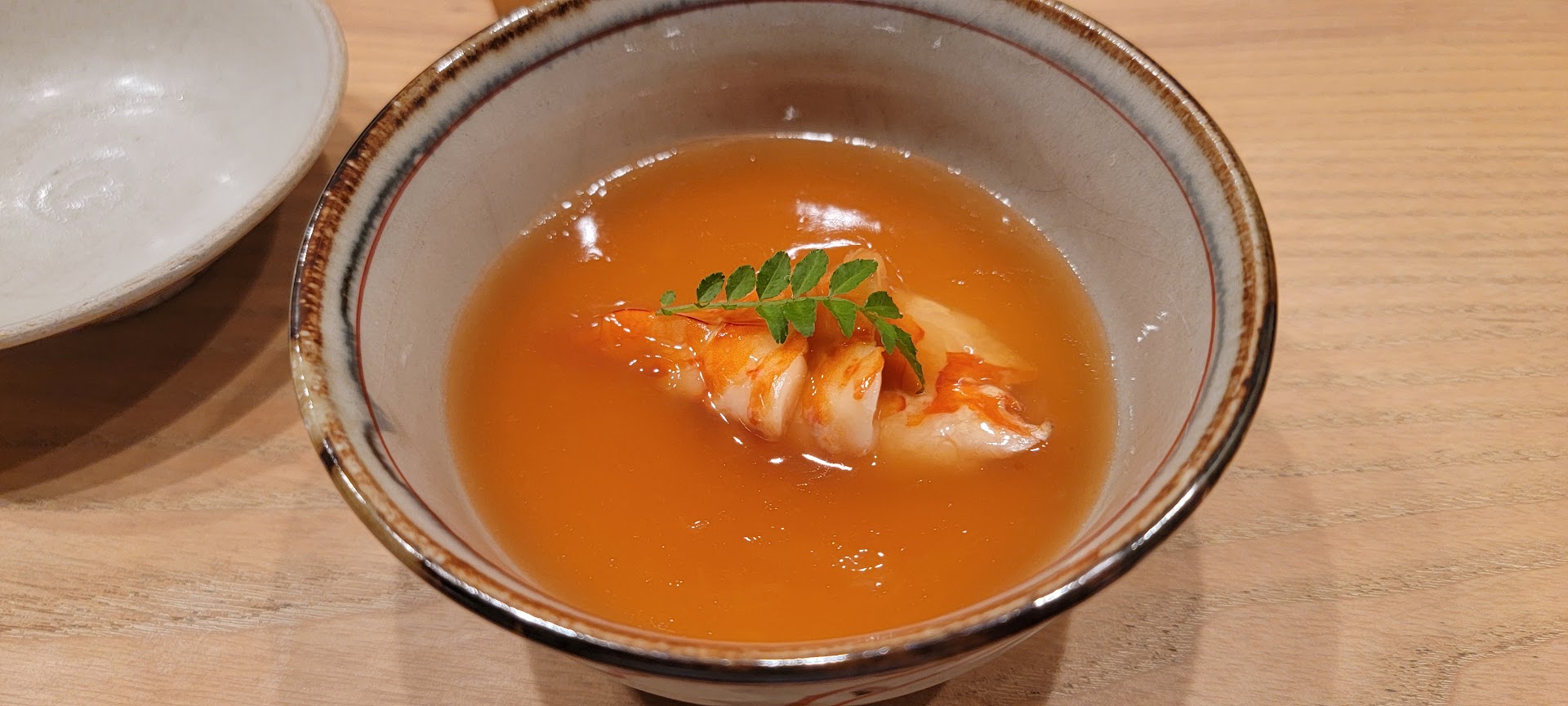
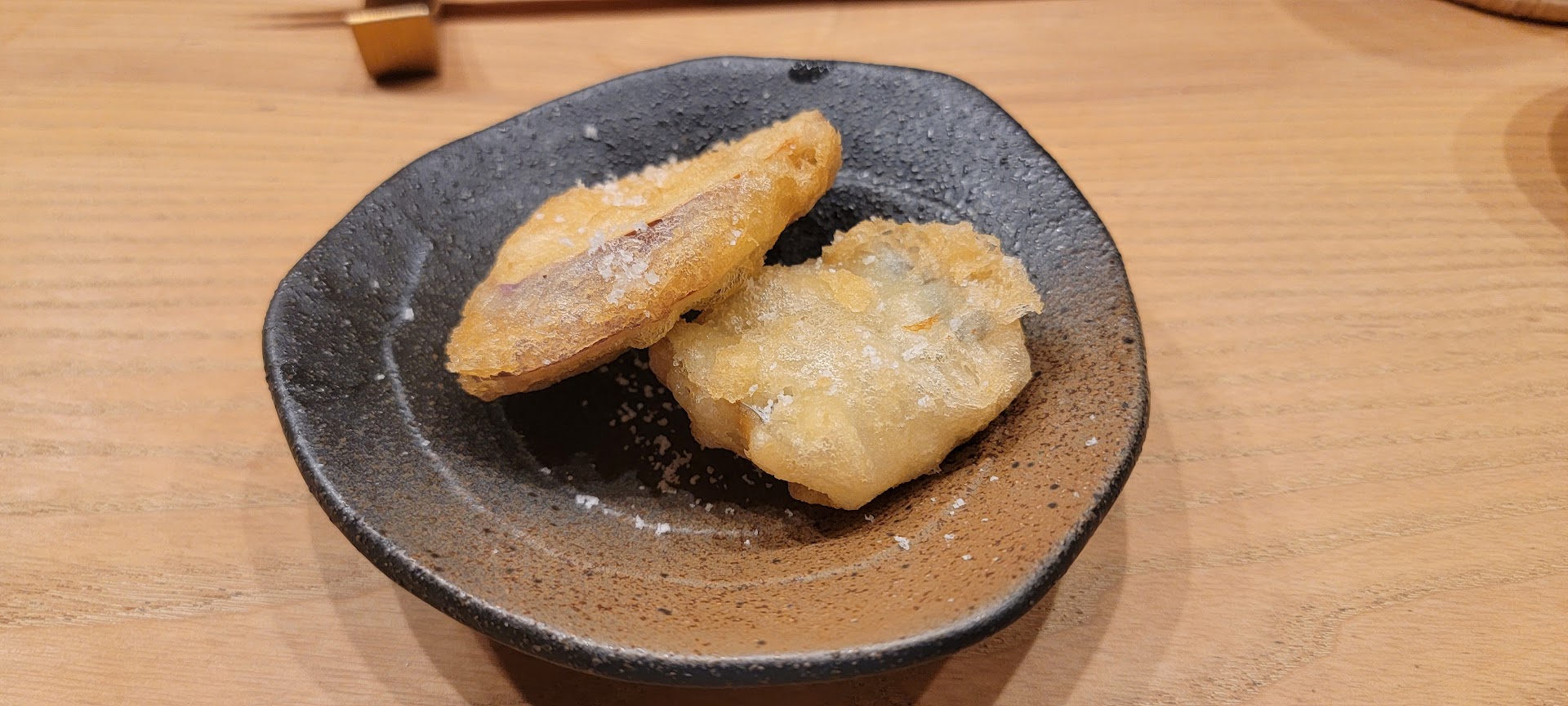
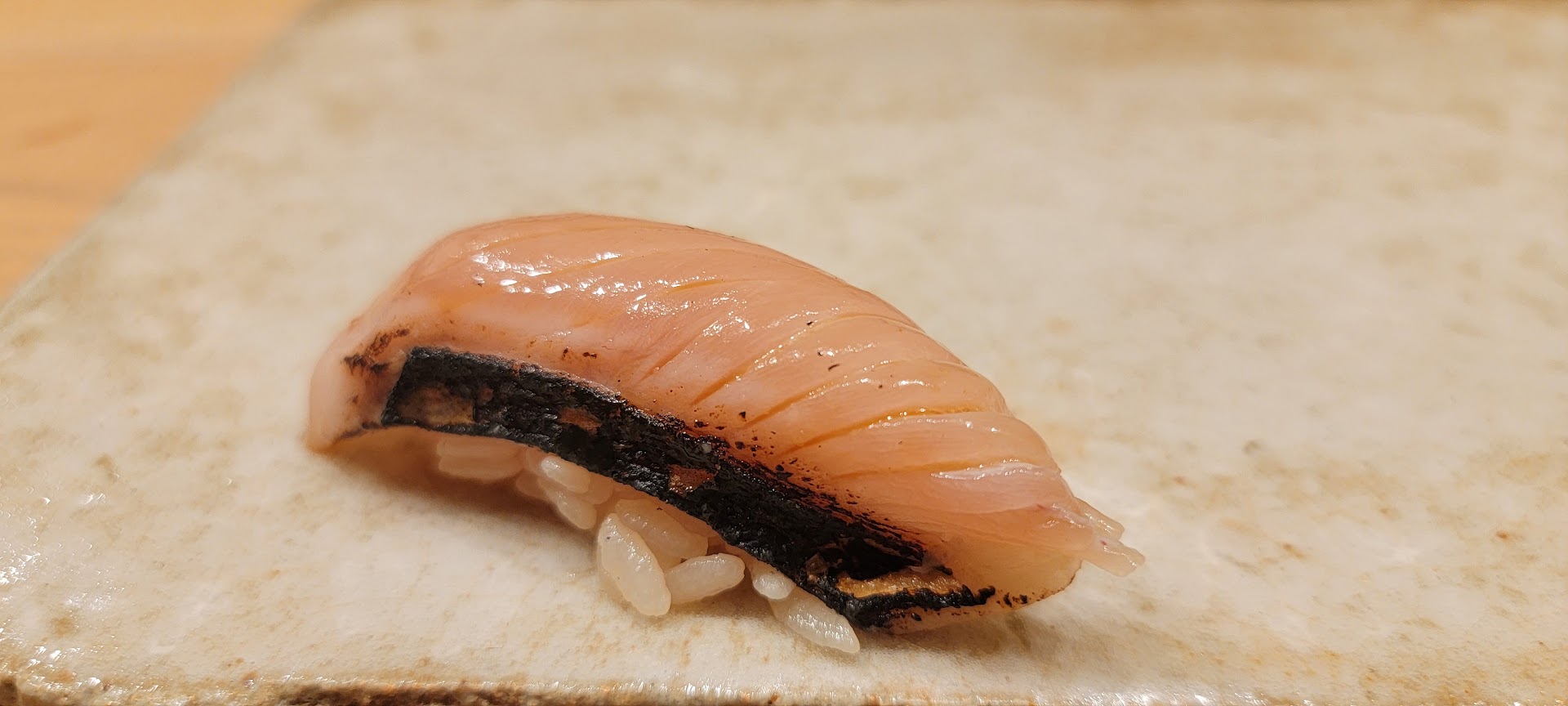
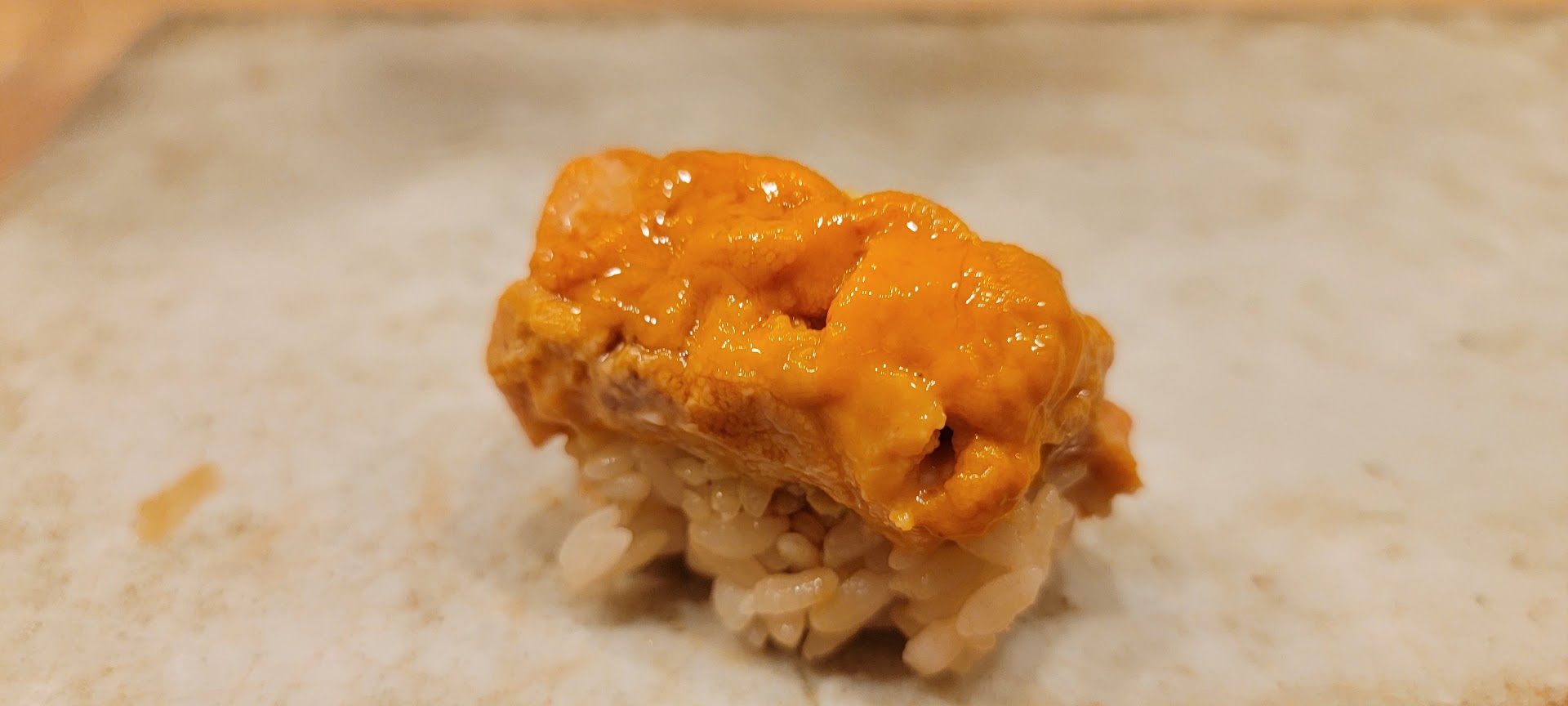
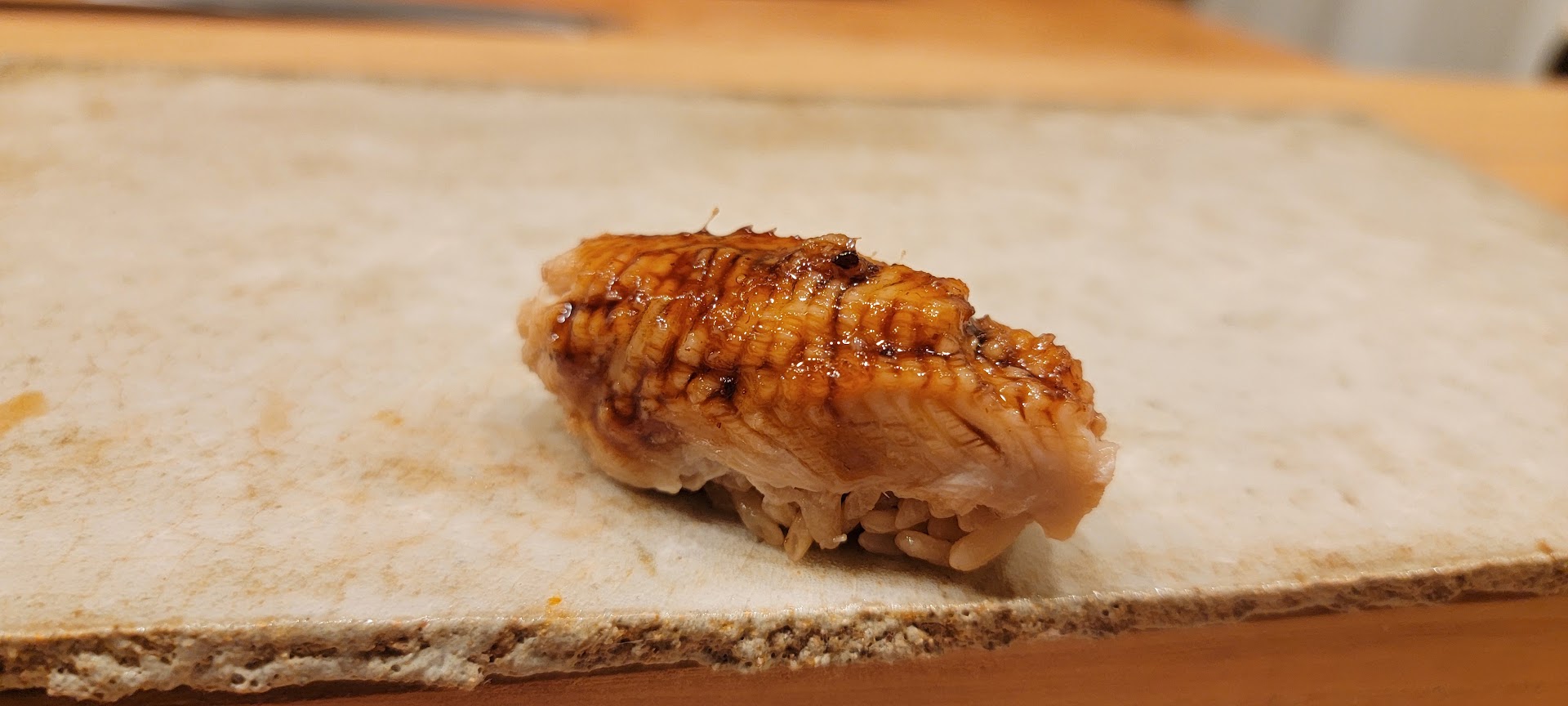
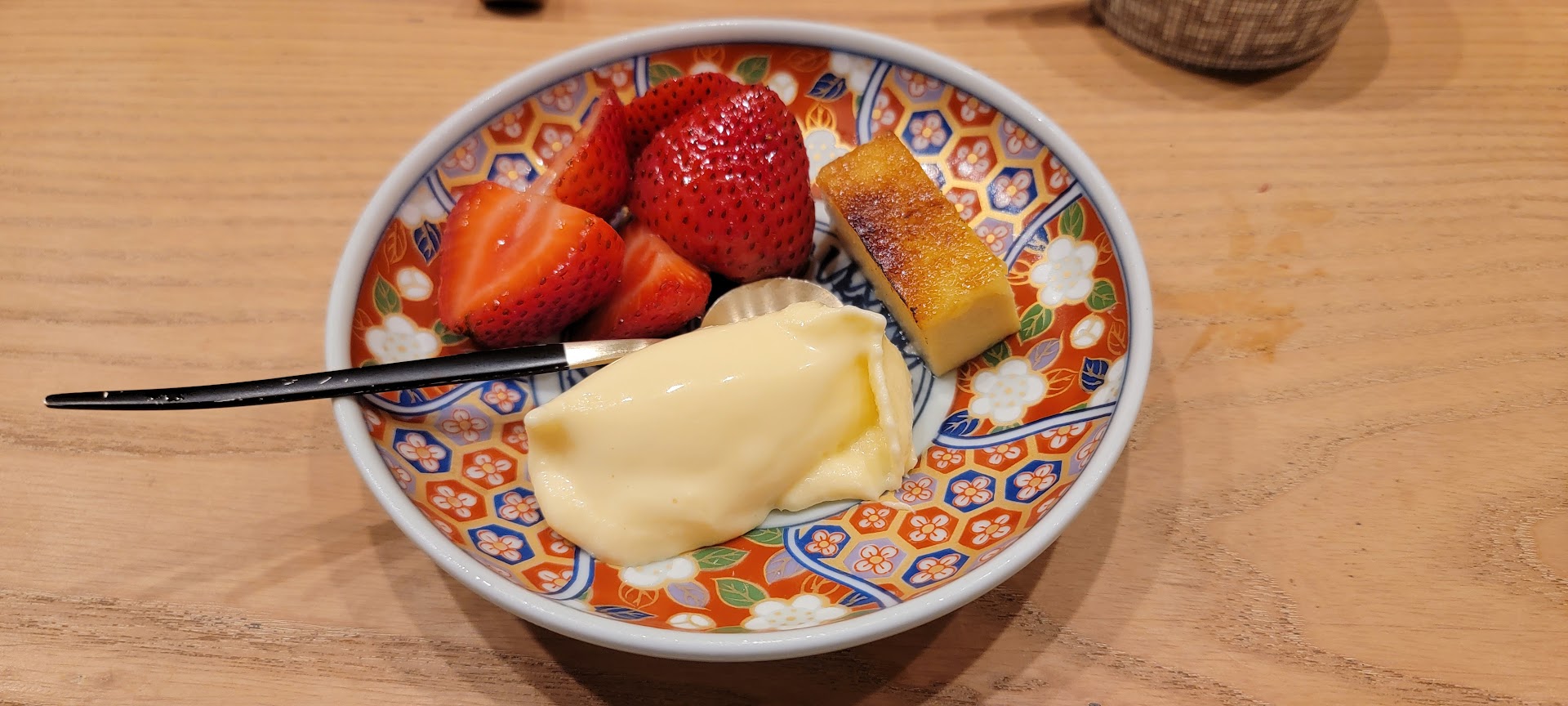
When Otto left Austin there was such a void. Fortunately the city is beginning to grow up in its sushi. There are other places, as well, from Craft to Toshokan and for a more Texas-fusion take, Tare, which is literally behind the door of a second floor office breakroom.
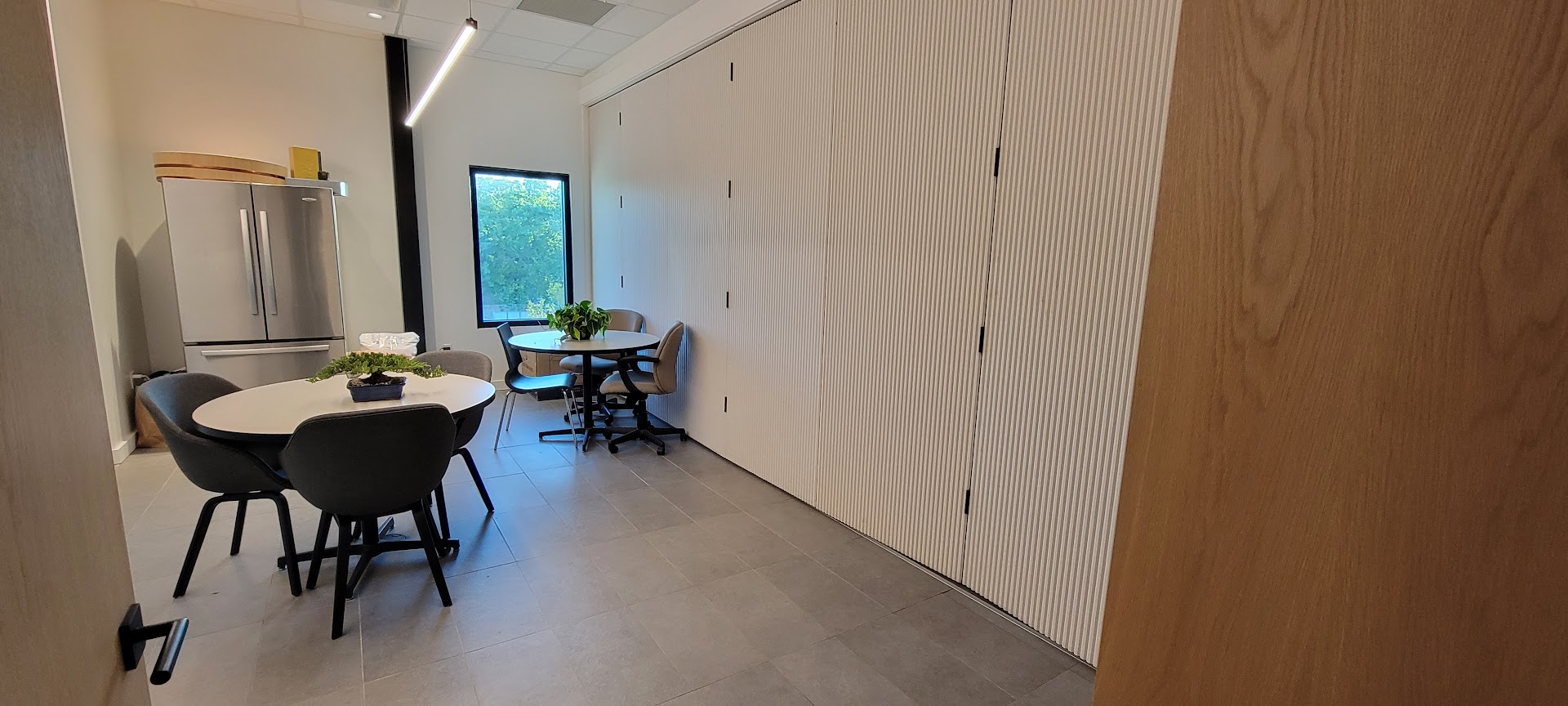
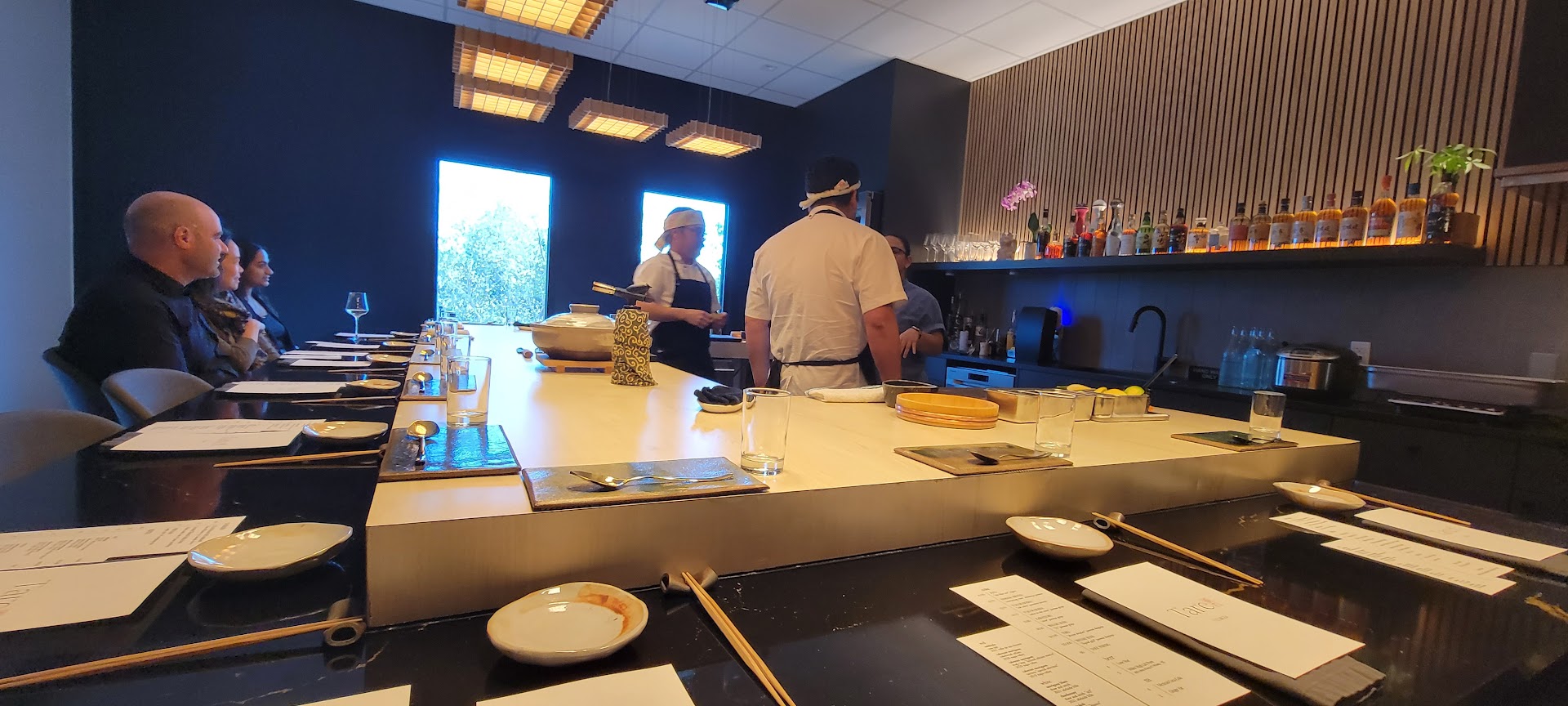
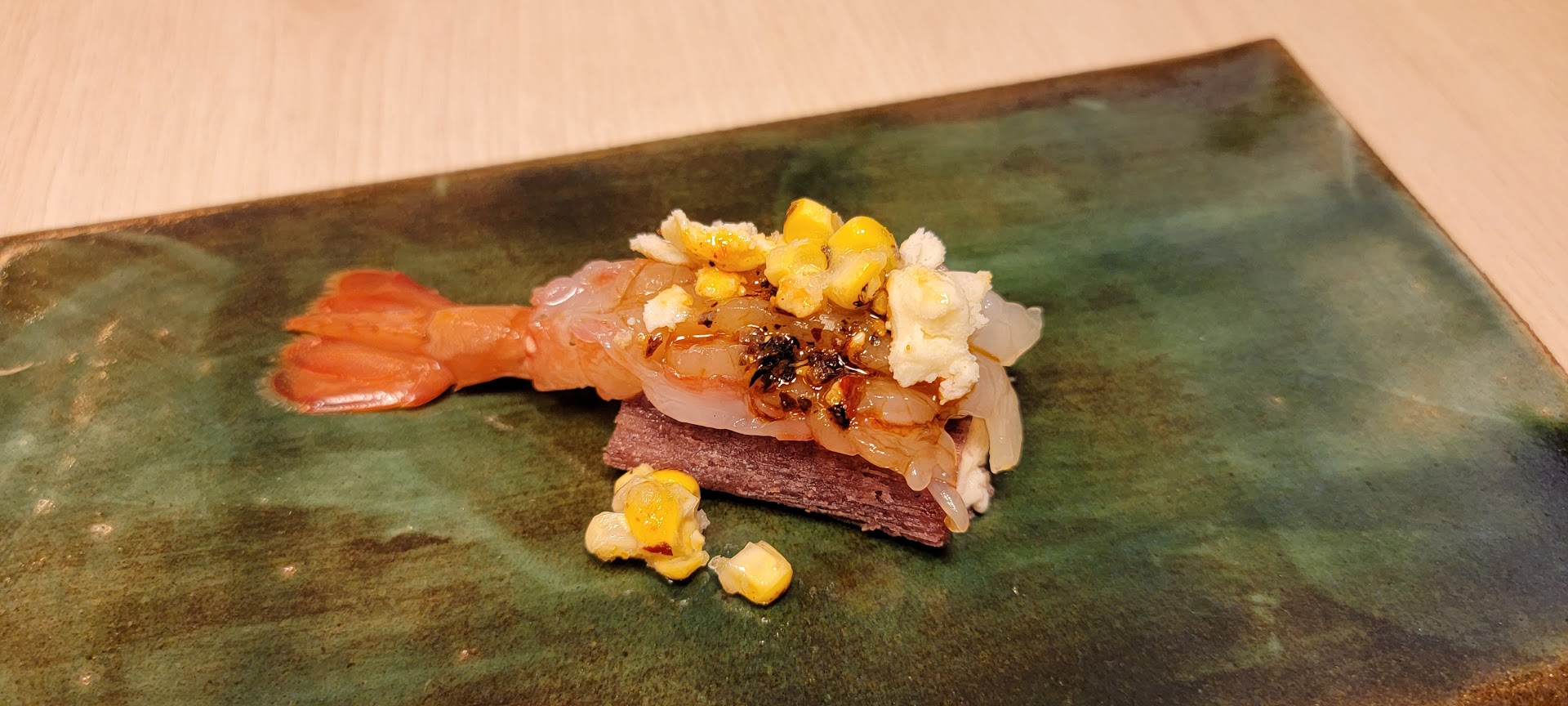
Chef Che imports his own fish directly from Tokyo, using relationships formed while he was working there. That puts him in a unique position amongst his Austin peers.
With travel in between I then had another sushi meal a week later. Chef Phan returned to Austin for a popup at Tsuke Edomae Wednesday through Saturday. He charged half his usual price – because the master that Chef Che worked under in Tokyo visited Austin and charged $250, so it would have been improper for Chef Phan to charge more in the same space.
He brought his own rice and his own fish, supplemented with some Tsuke Edomae fish. His checked bag was overweight on United, and TSA wanted to inspect the rice. He was the first sushi chef in the country, I believe, using Inochi no Ichi rice from Japan whose grains are around 50% larger than standard sushi rice and creates a risotto-like texture. He uses two different vinegar preparations to match the fattiness of the nigiri. And he strongly favors ingredient-focused bites over composition-intensive creations, aside from his Tomago.
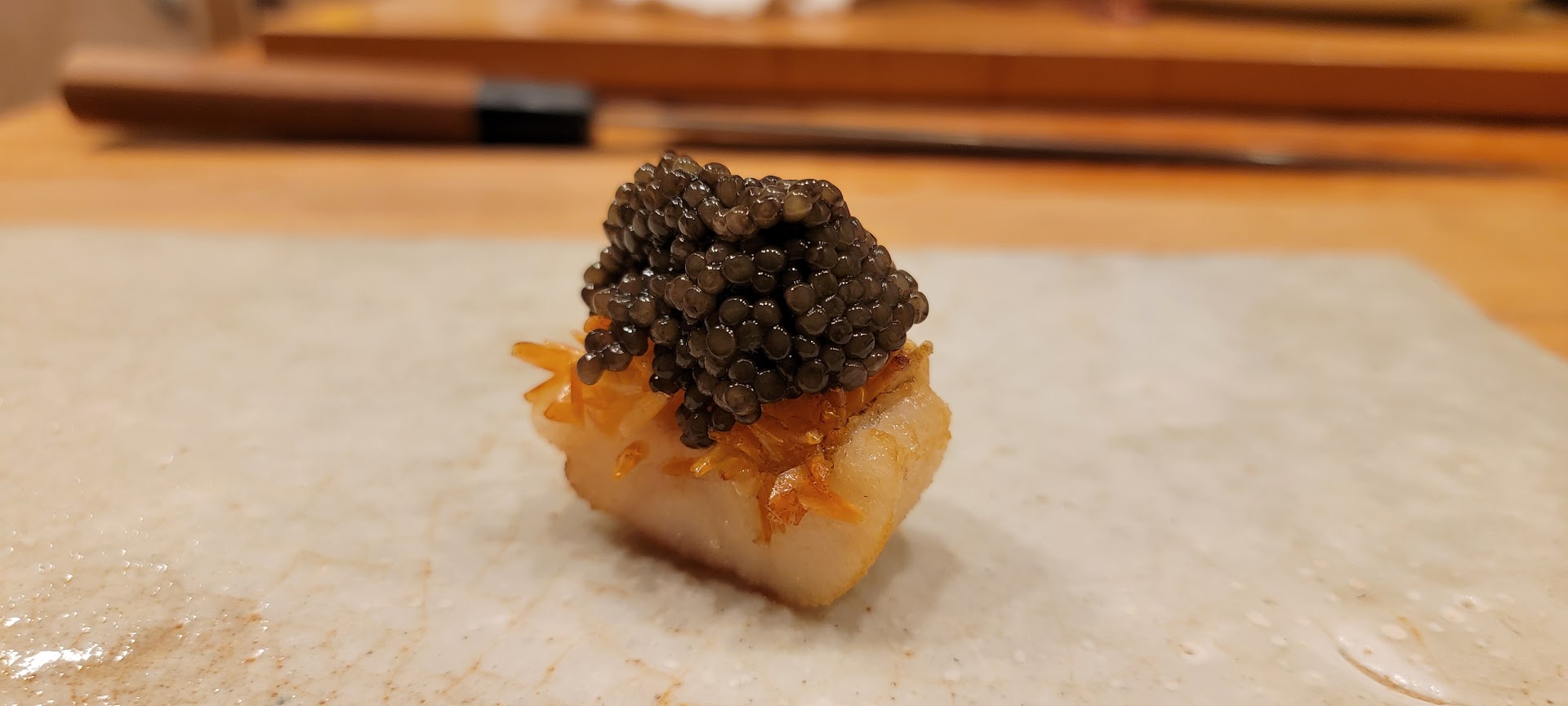
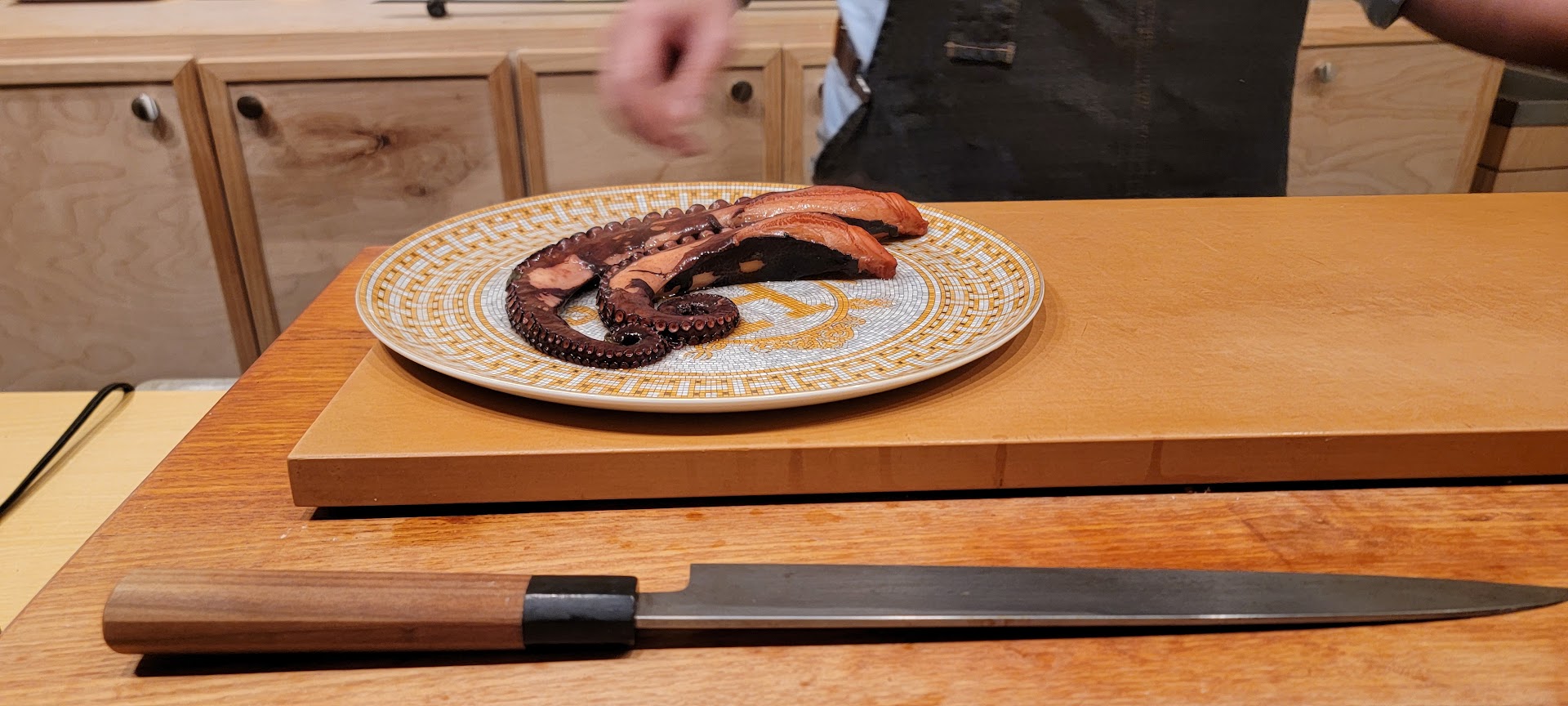
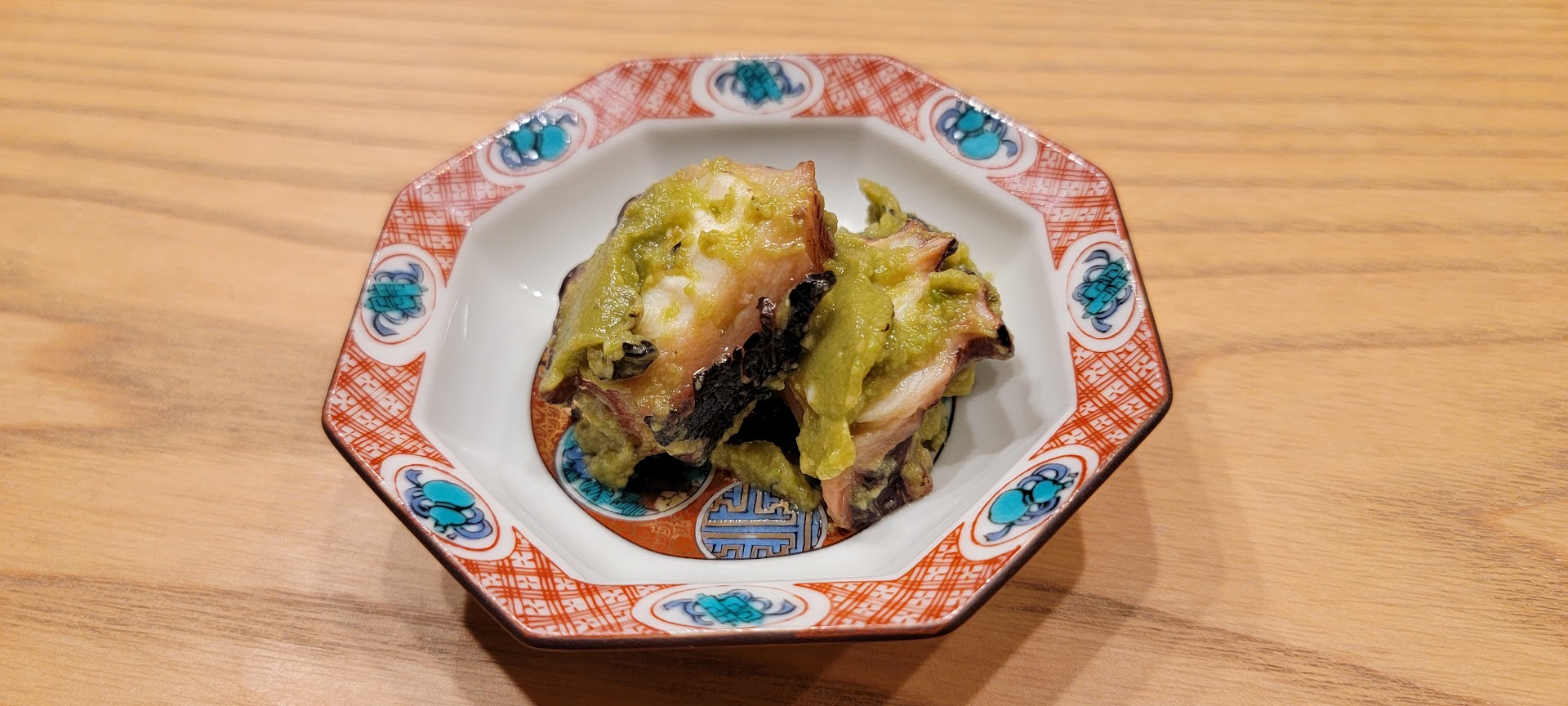
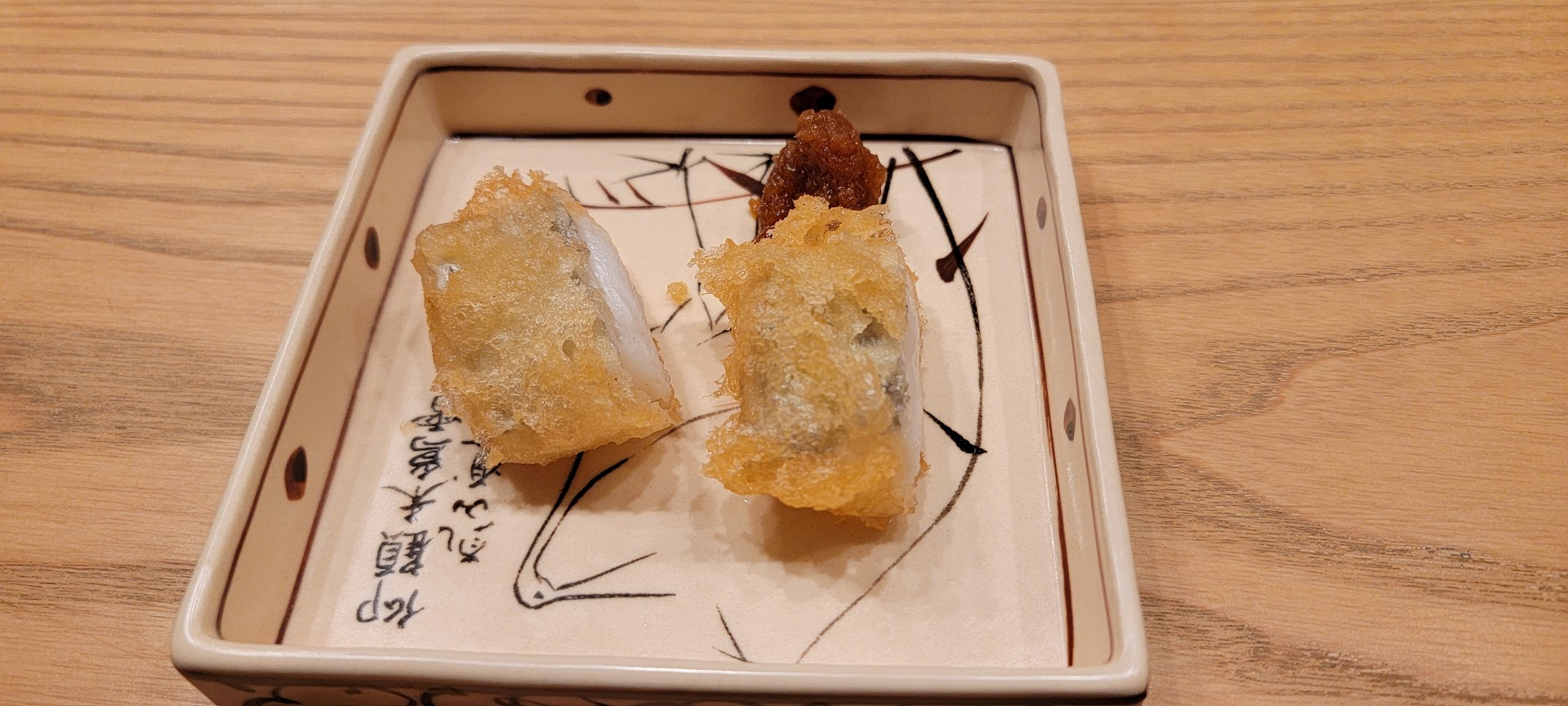
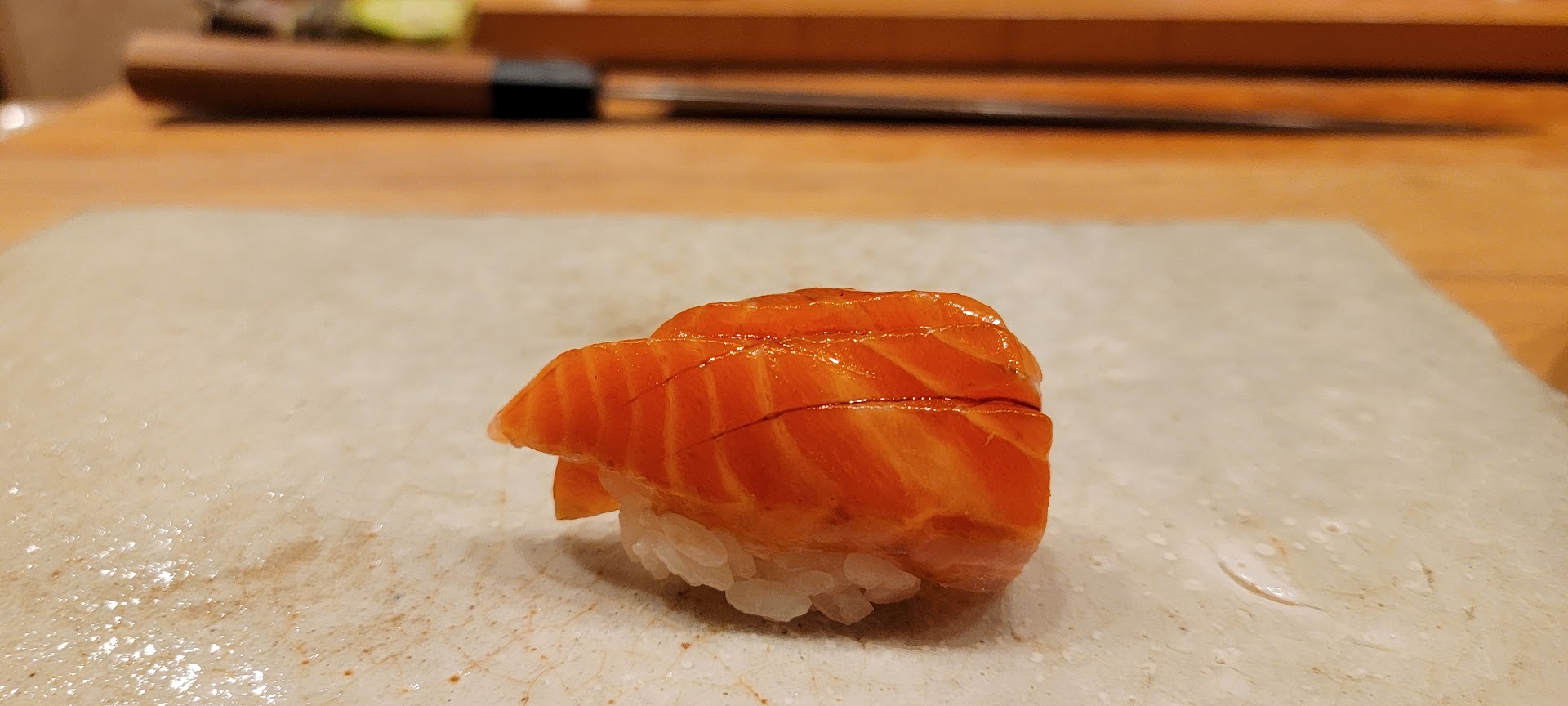
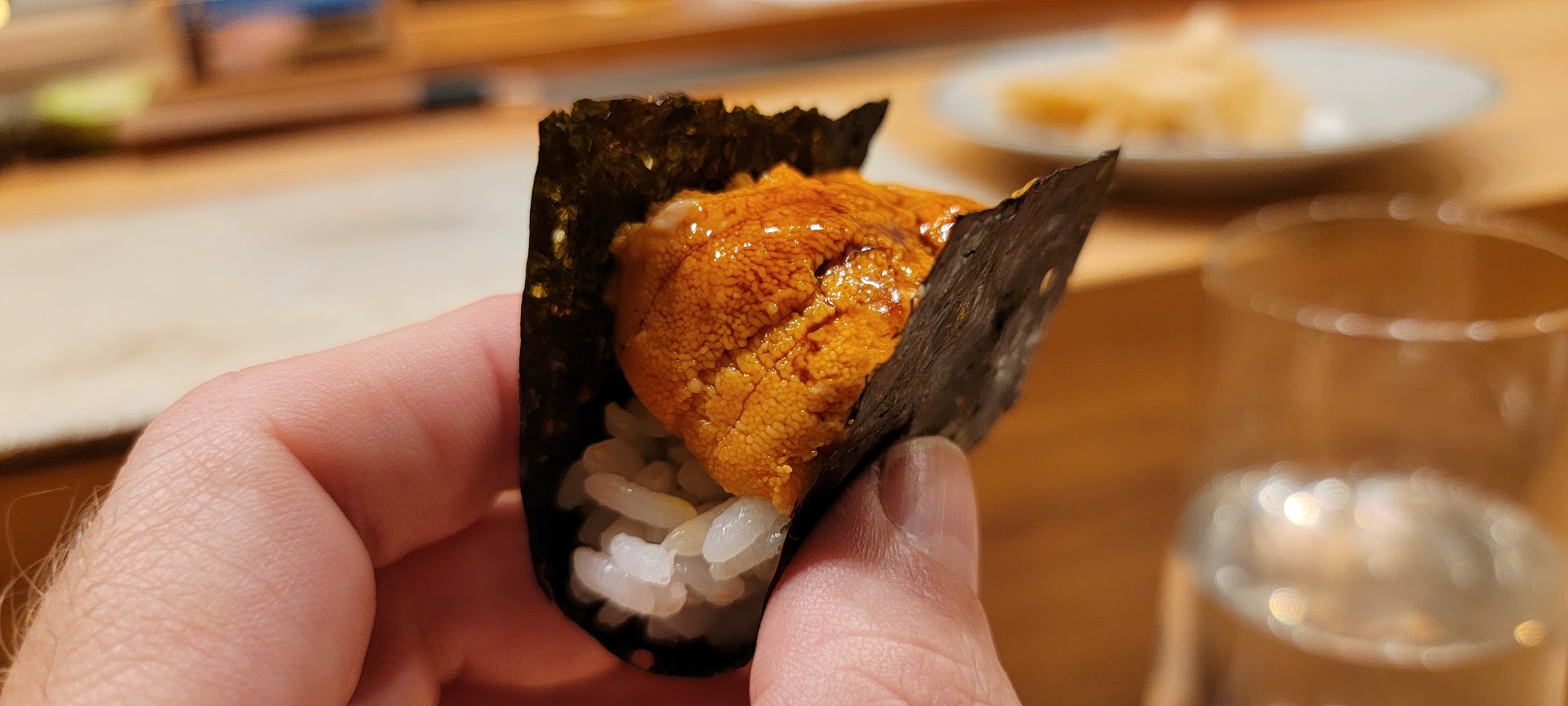
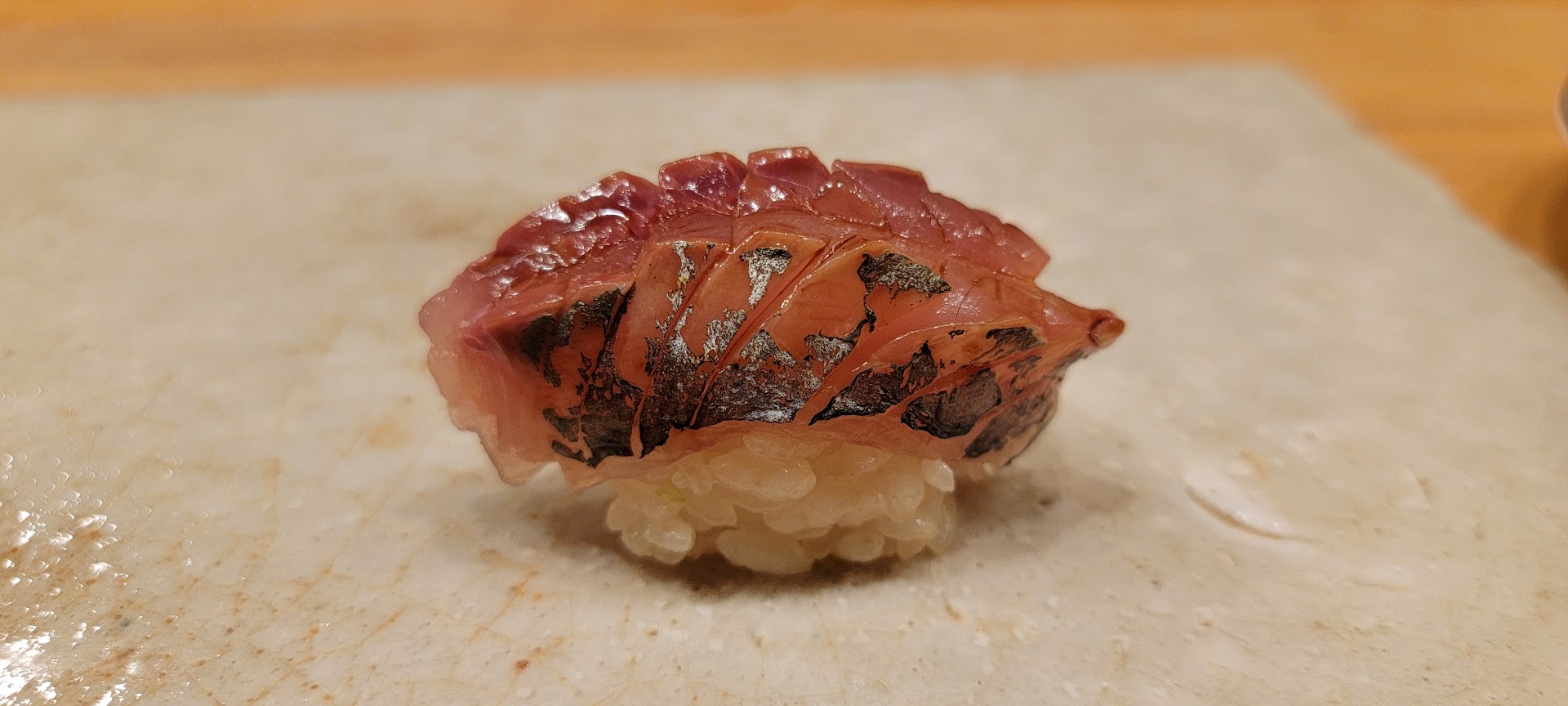
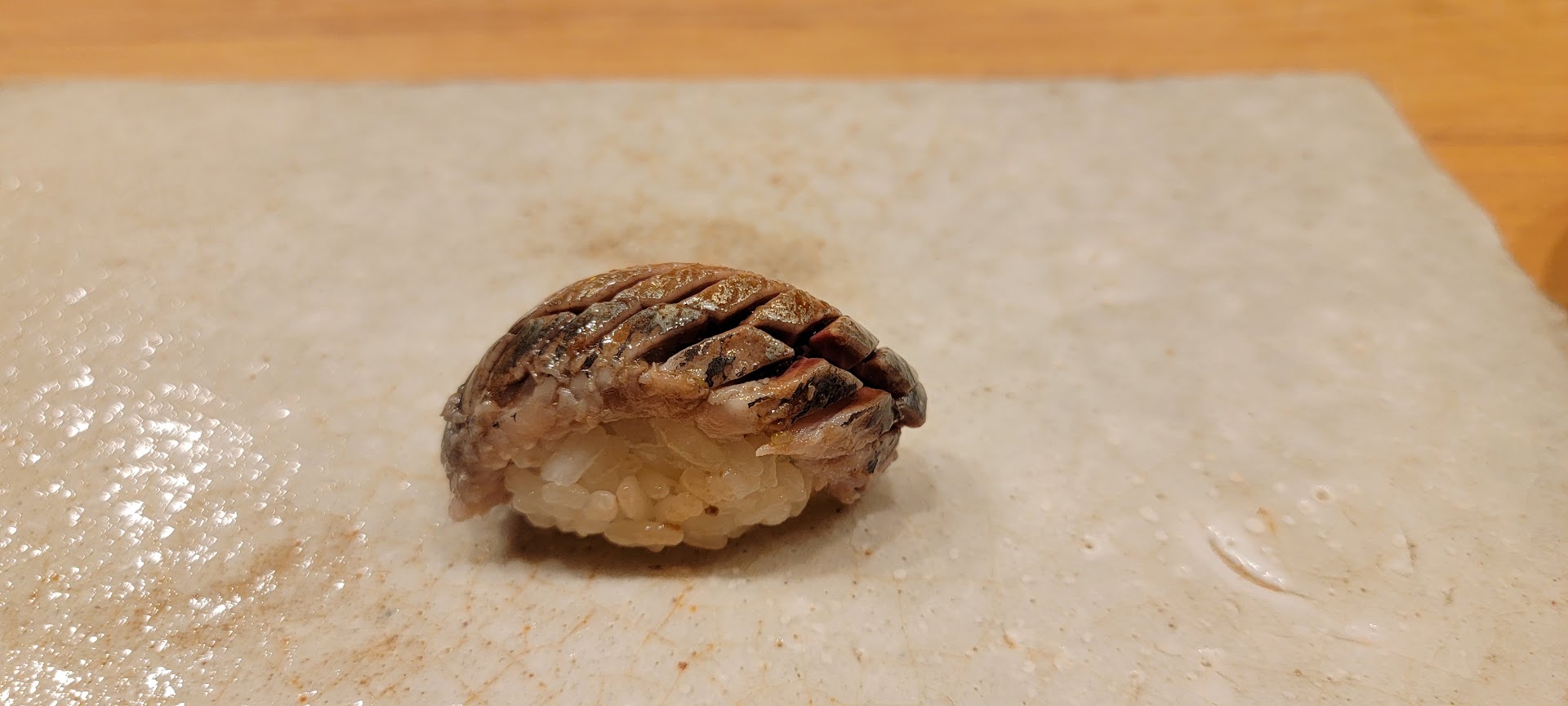
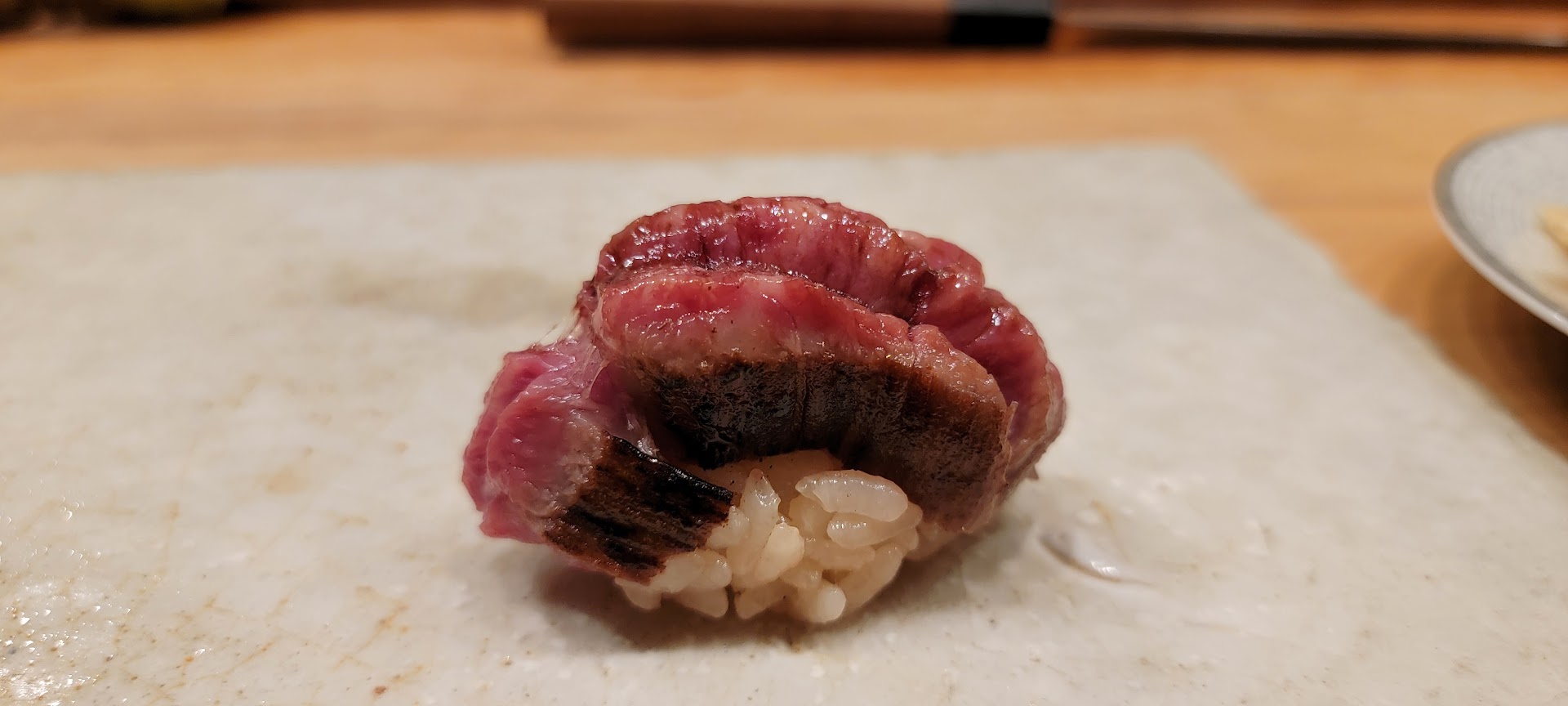
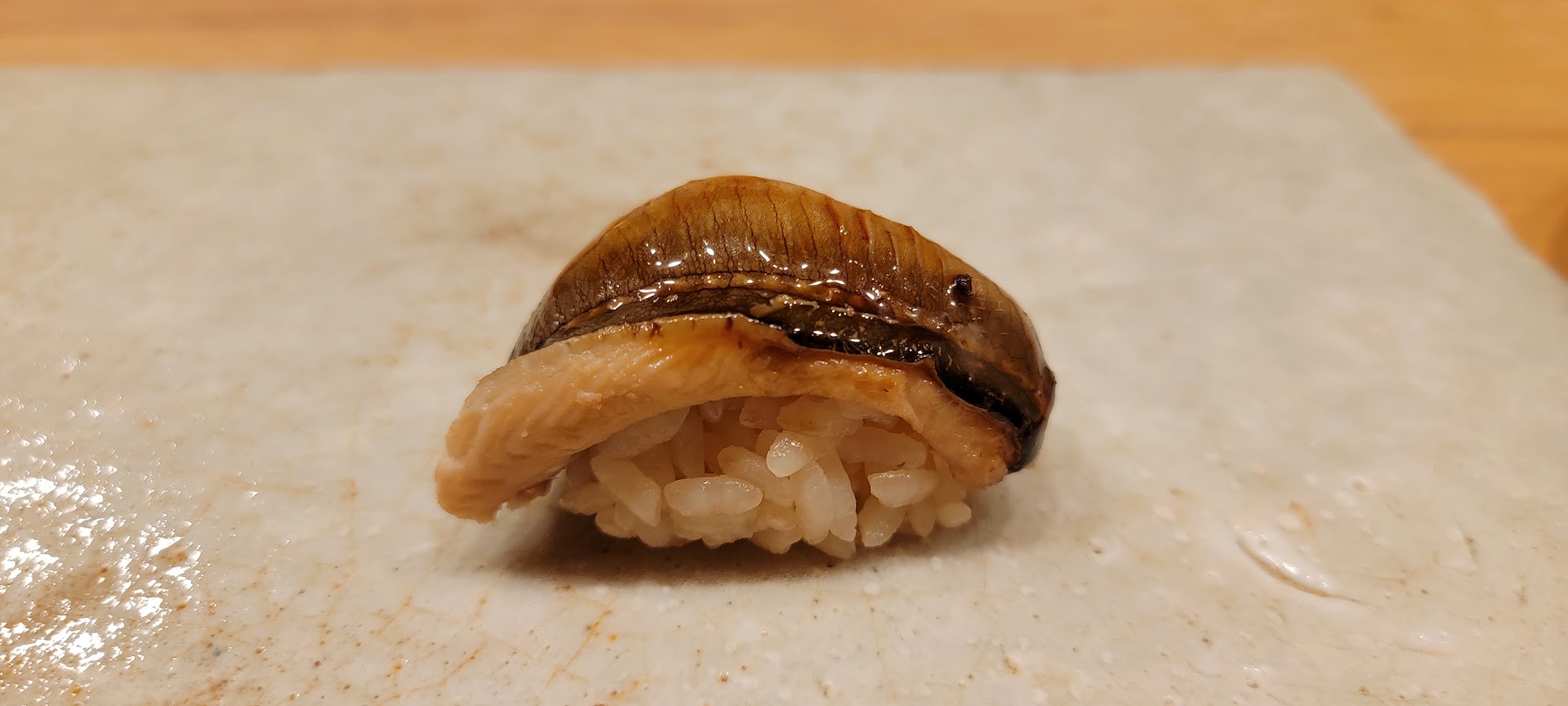
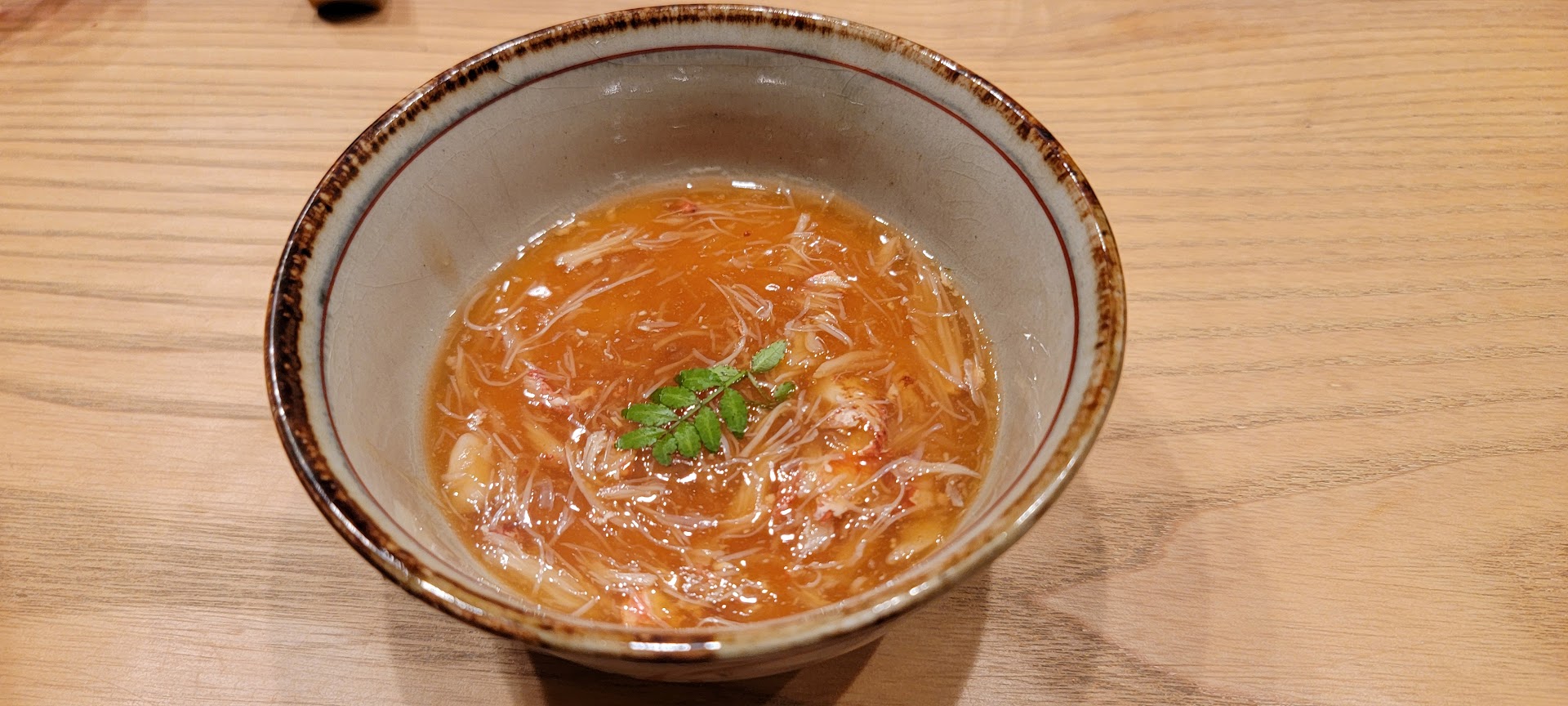
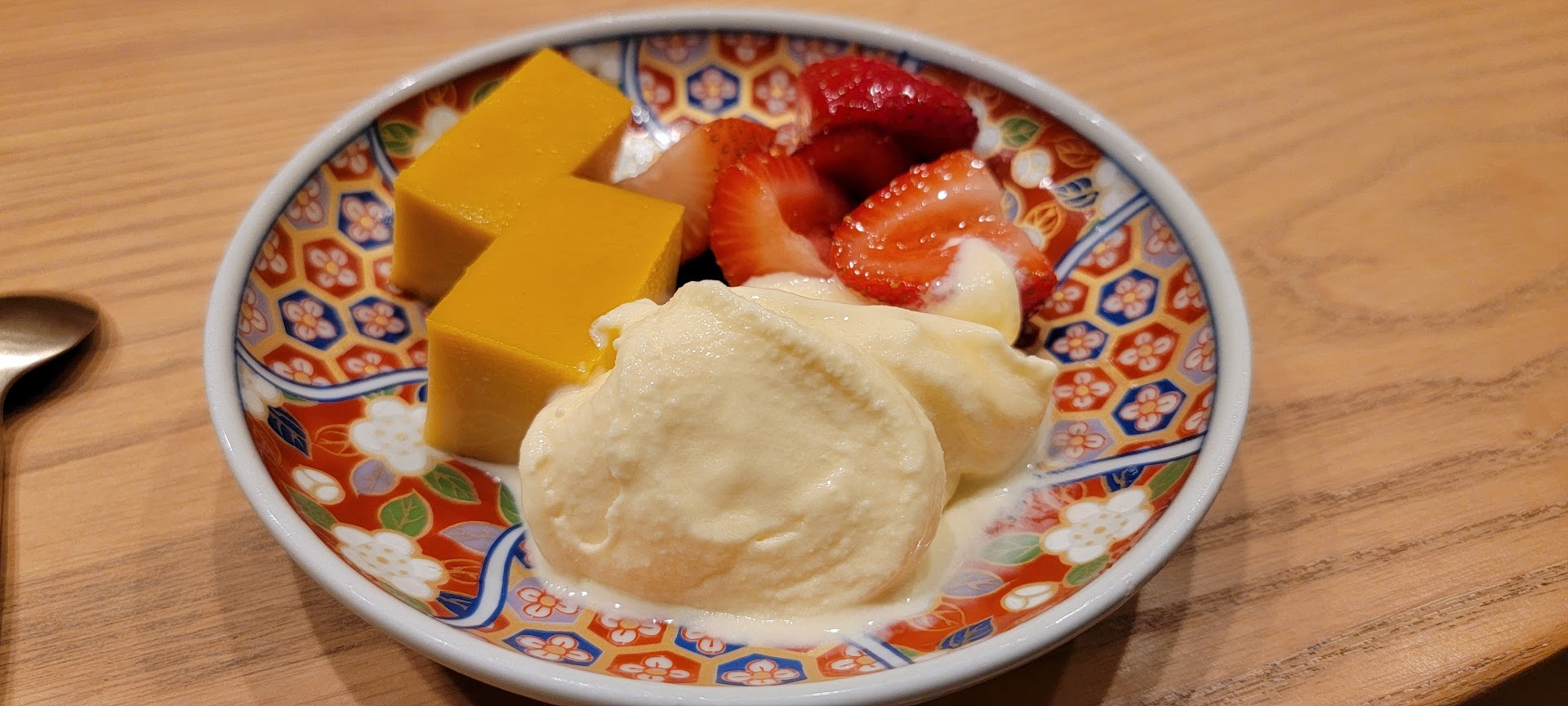
If you visit Chicago and are looking for great sushi, there are now several places to visit. Chef Phan’s is the best, but his flagship’s focus on the finest ingredients won’t be appreciated by all guests at the price point. Some diners also don’t appreciate the modest decor though it’s been upgraded from its original look. To my mind that misses the point, which is the food (in Tokyo you’ll frequently find the best restaurants are least likely to look the part), but everyone values things differently.
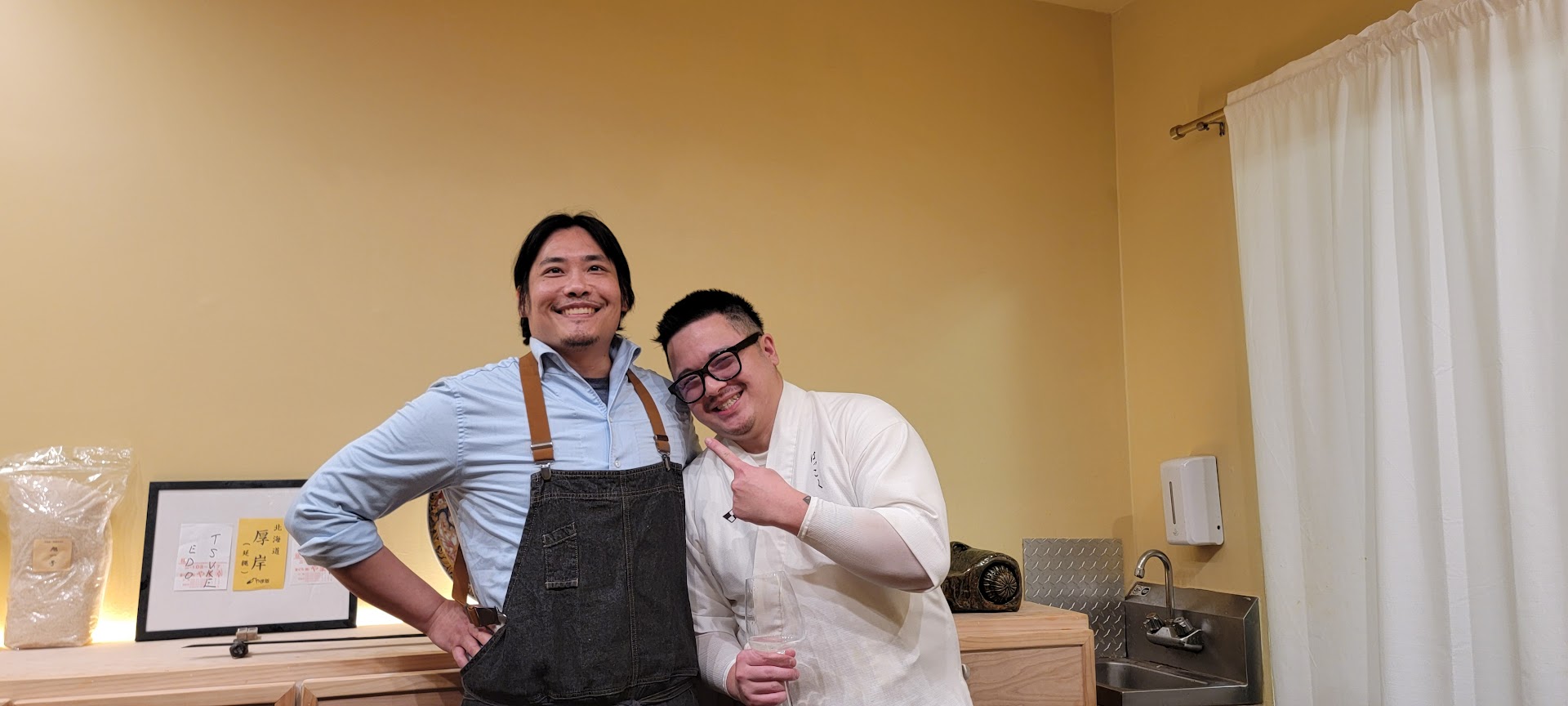
Chef Otto Phan (left) and Chef Michael Che (right)
Phan also now has a more accessibly-priced restaurant “Kyoten Next Door” literally next door, with two 5-seat sushi counters. And while he works his flagship Kyoten Wednesday through Saturday nights, he is Next Door on Sunday evenings.


I enjoy the occasional restaurant/food articles on your blog. Finding great places to eat are one of the things I look forward to the most when traveling.
Great photos.
The chef is correct. Chicago is far better than Austin and, for that matter, any city. It produced me, after all.
Tsuke Edomae is indeed that good. The only experiences I’ve had that were better were in Japan.
As you say, “but everyone values things differently.” In Texas many still refer to it as . . . bait.
Interesting- I have always been a big fan of Mako, also in Chicago. Best experience I’ve had outside of Japan, and didn’t think anything in Chicago could top it; Gary, may I assume you’ve been there as well?
Anyway, now this is on the list to try.